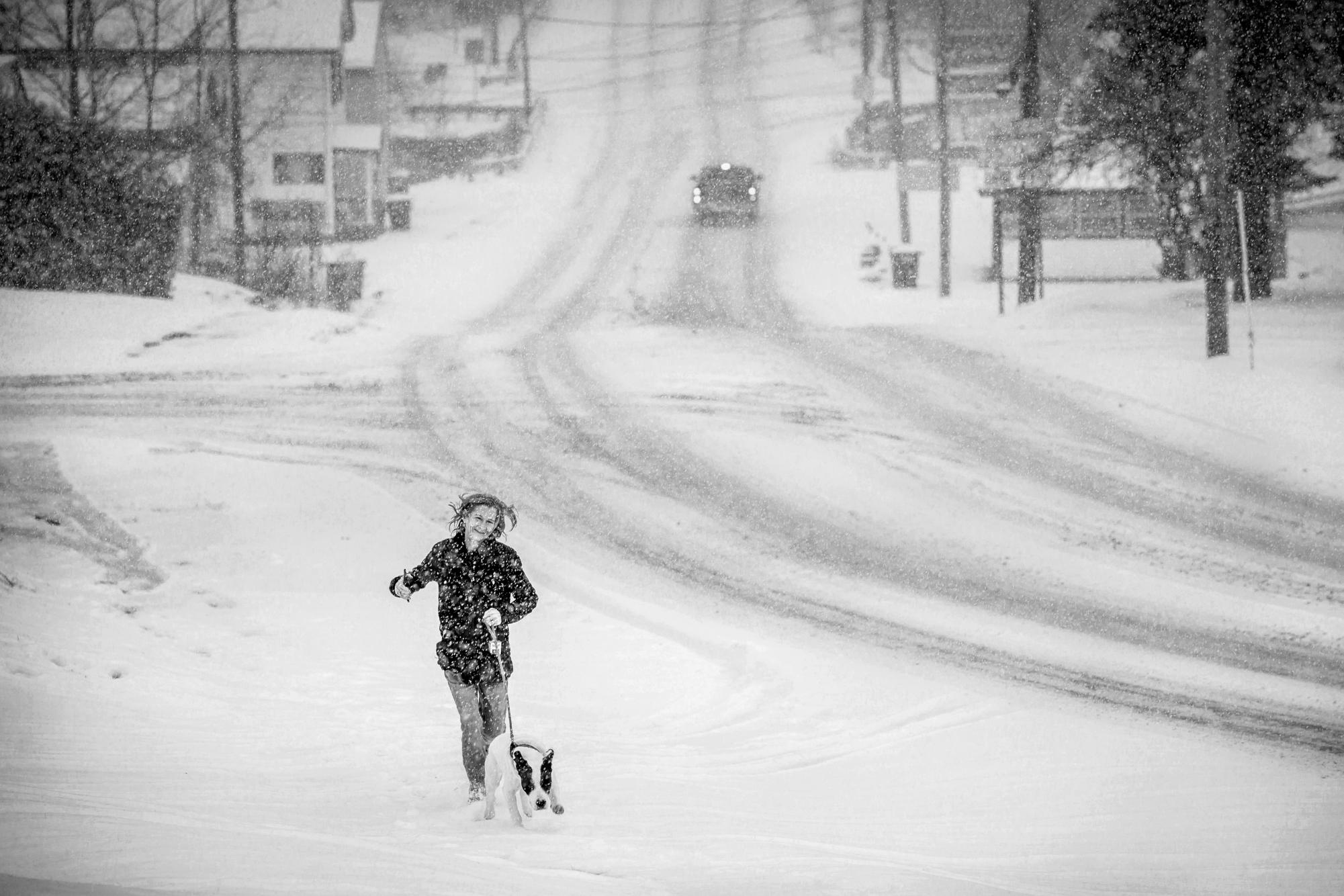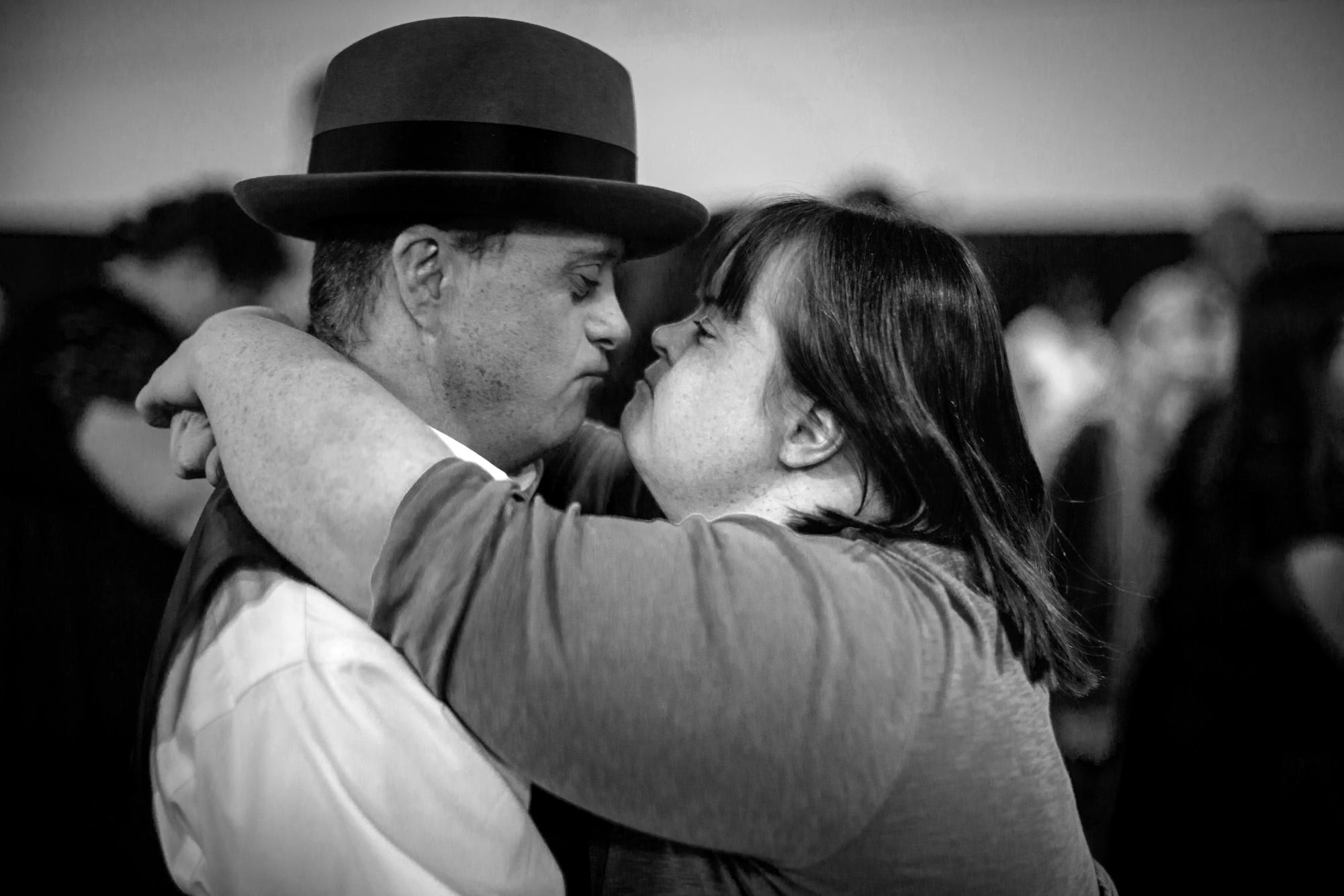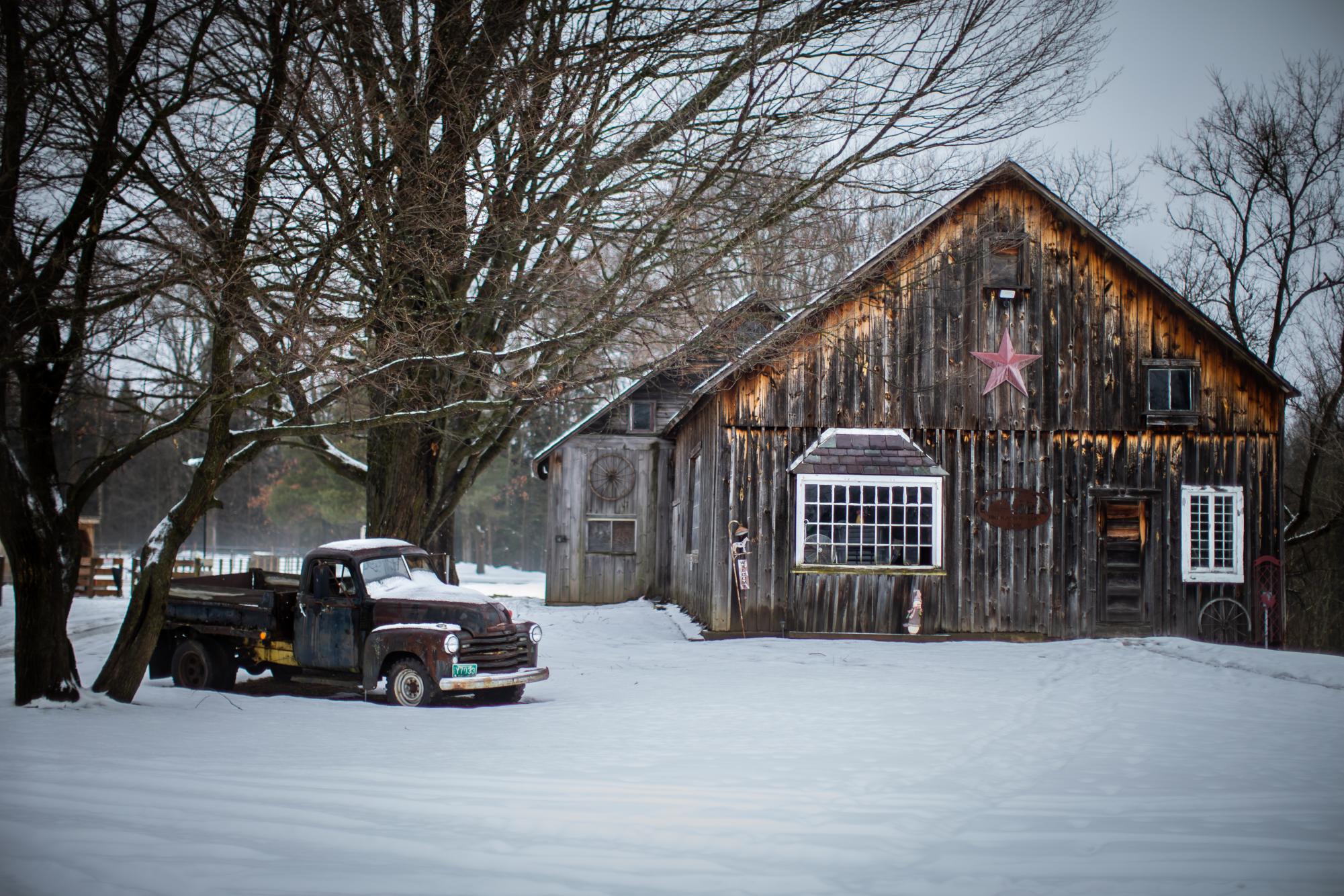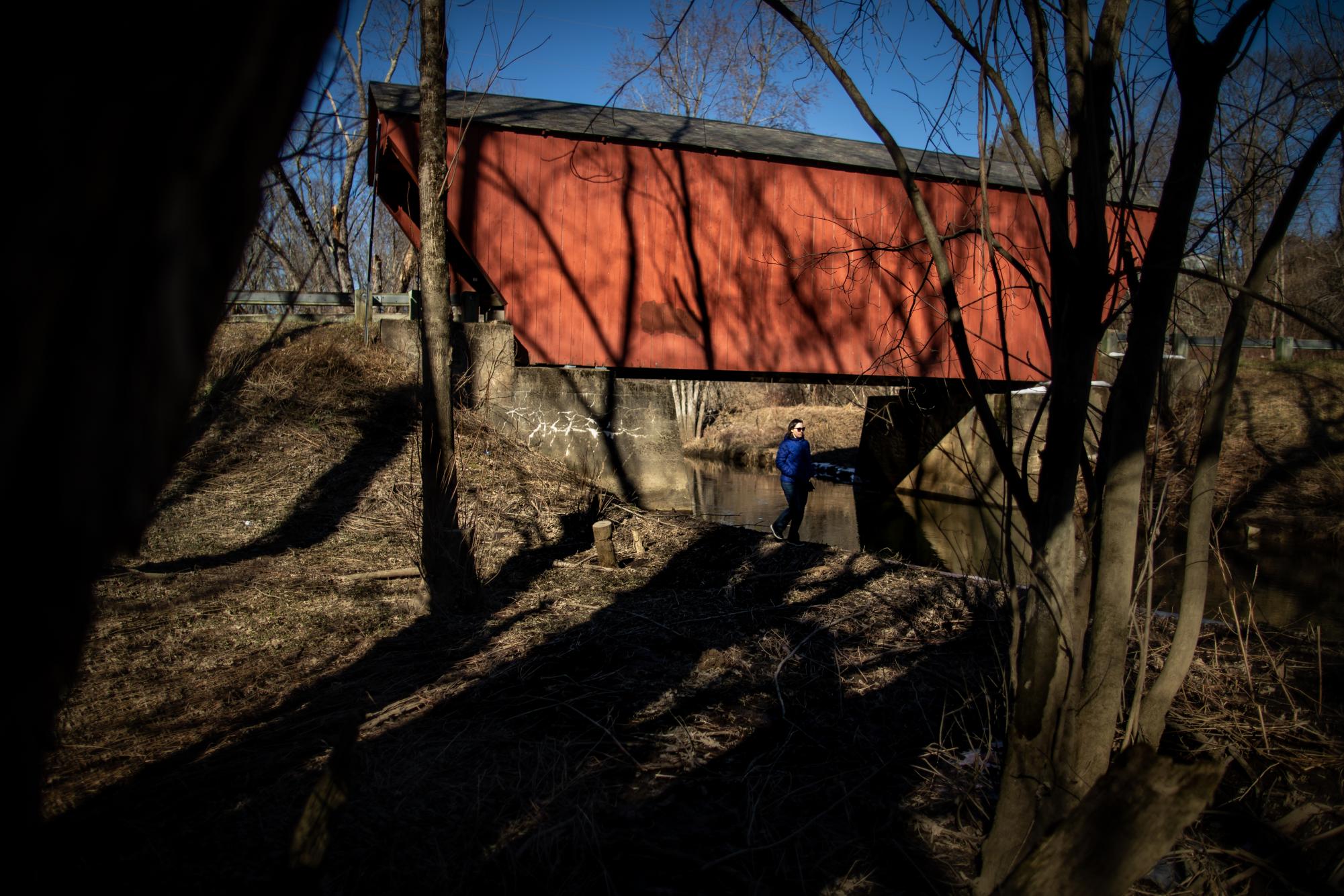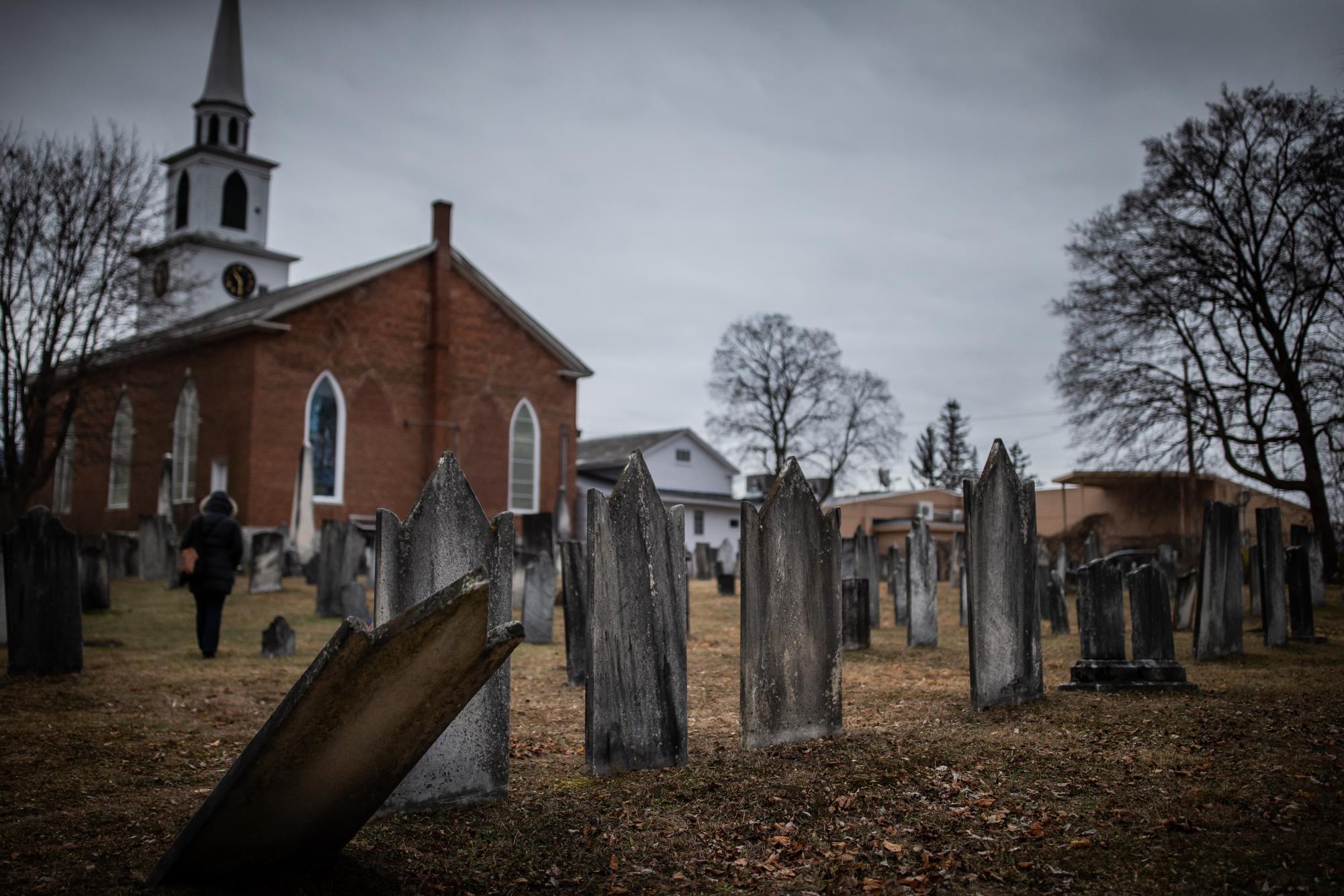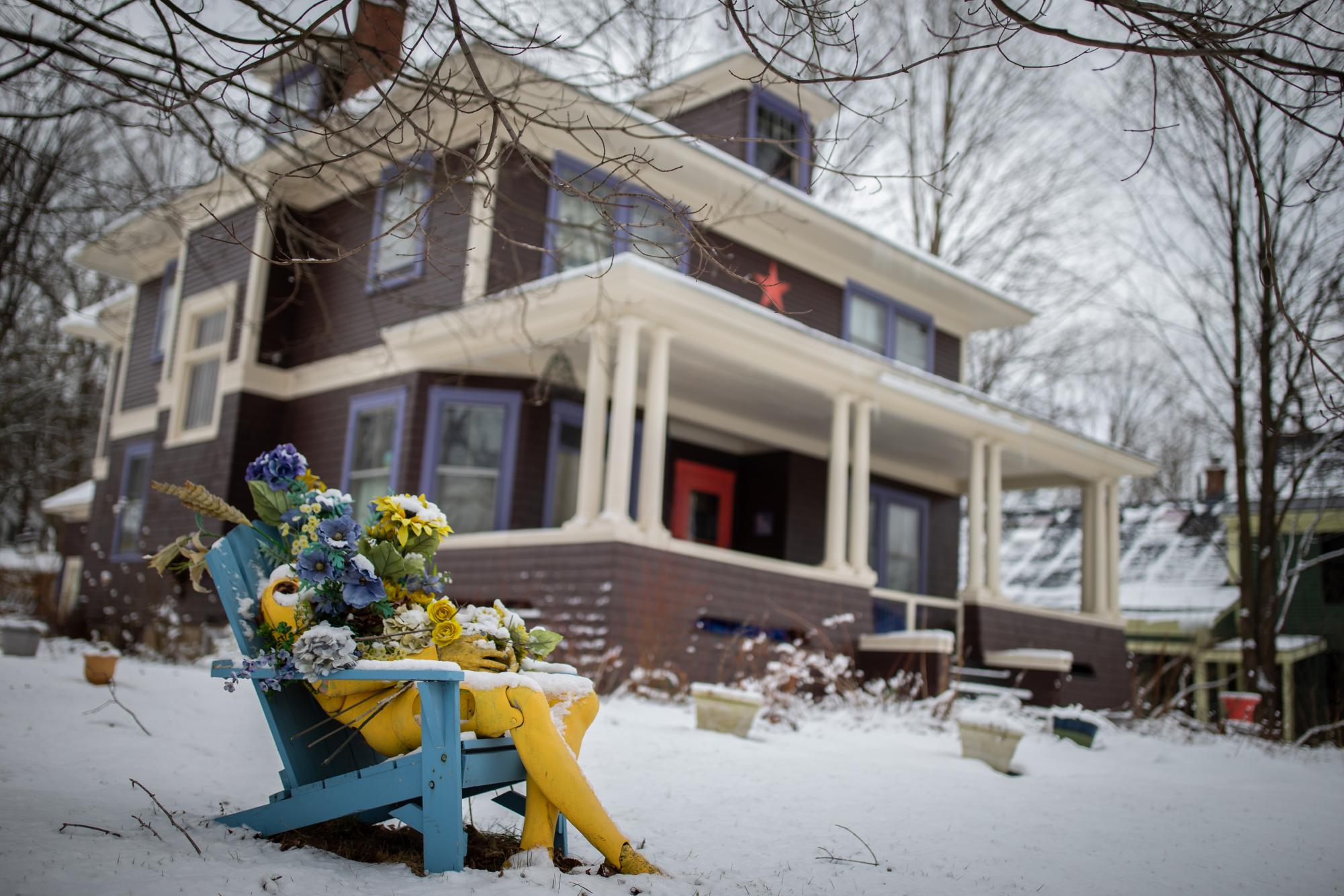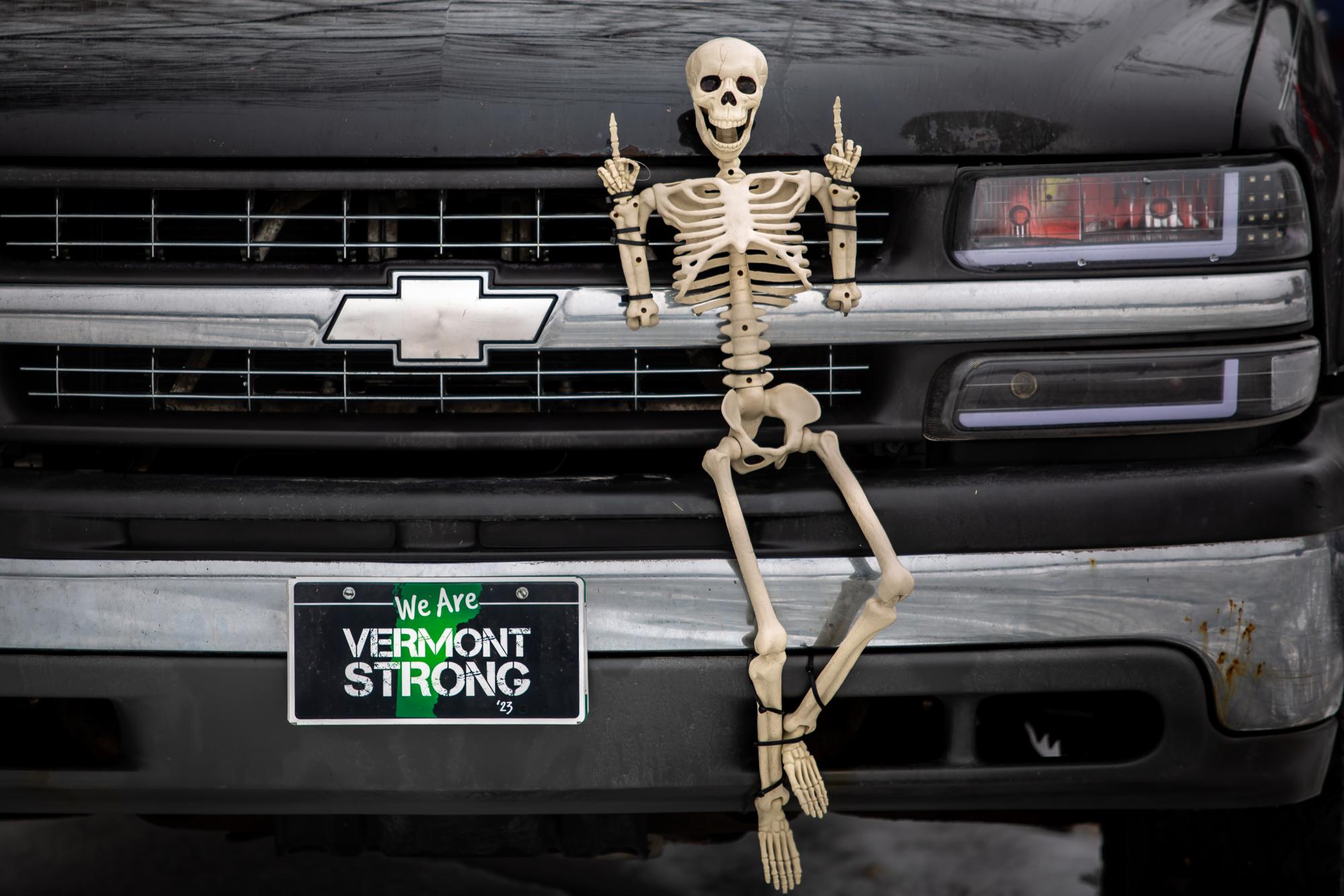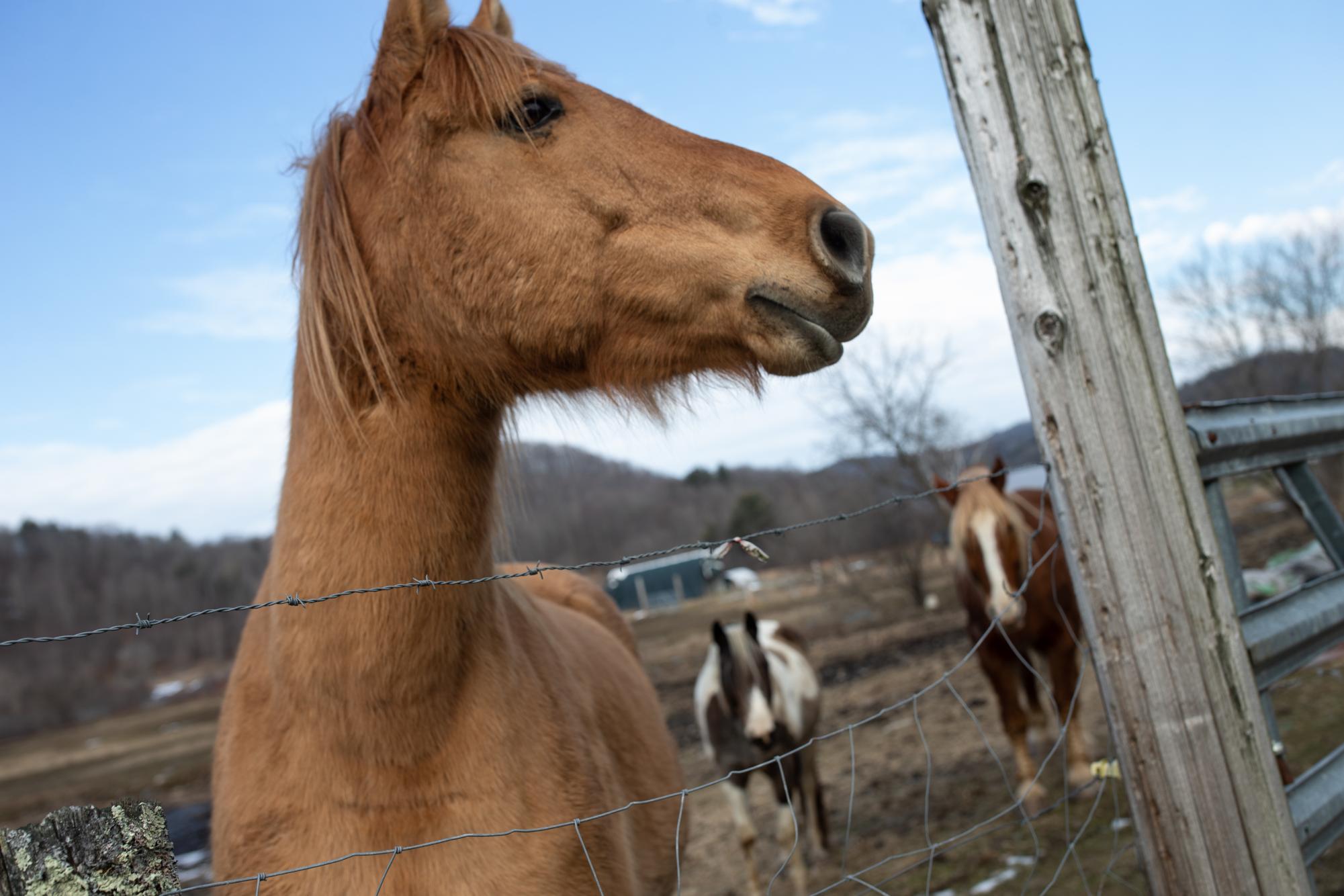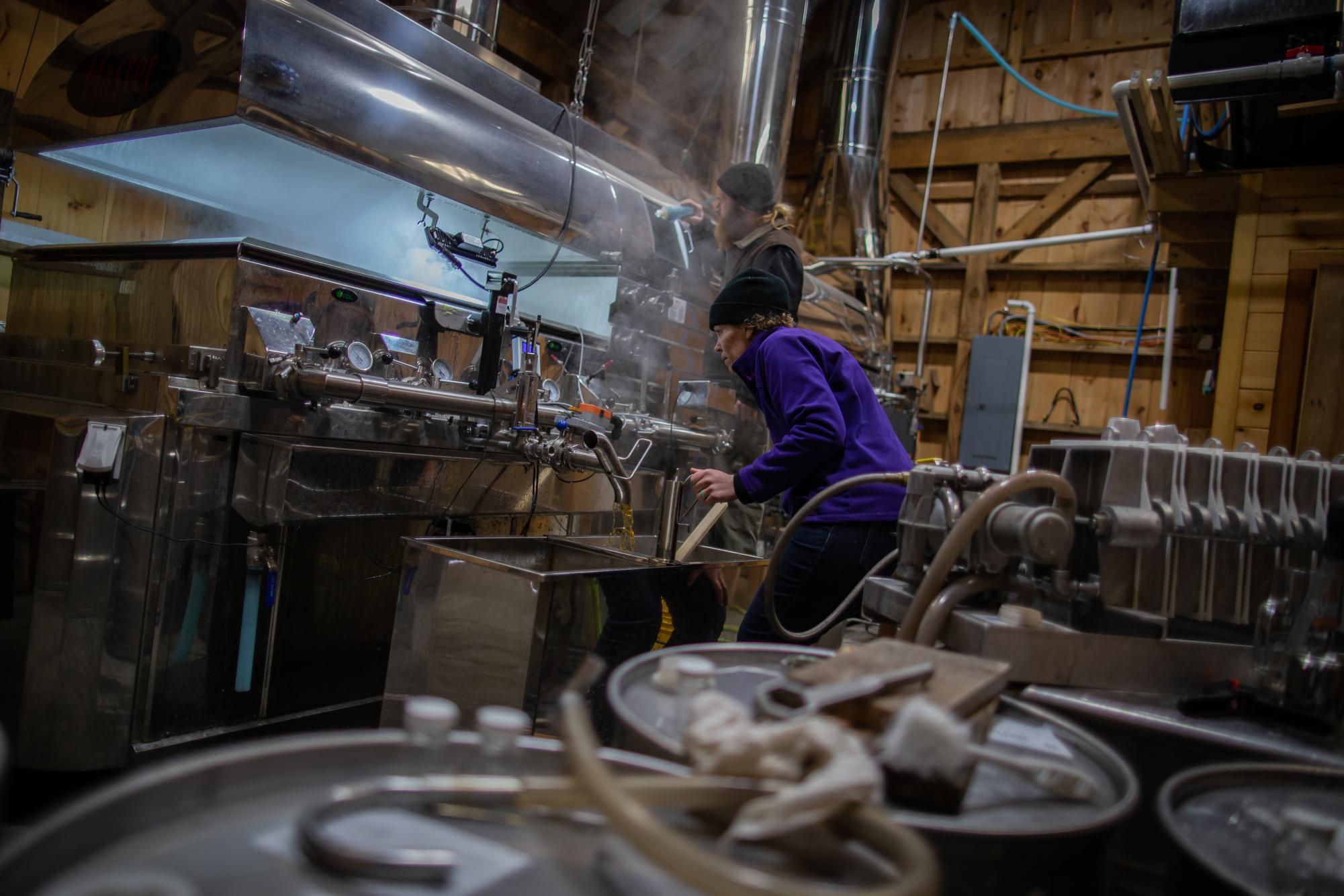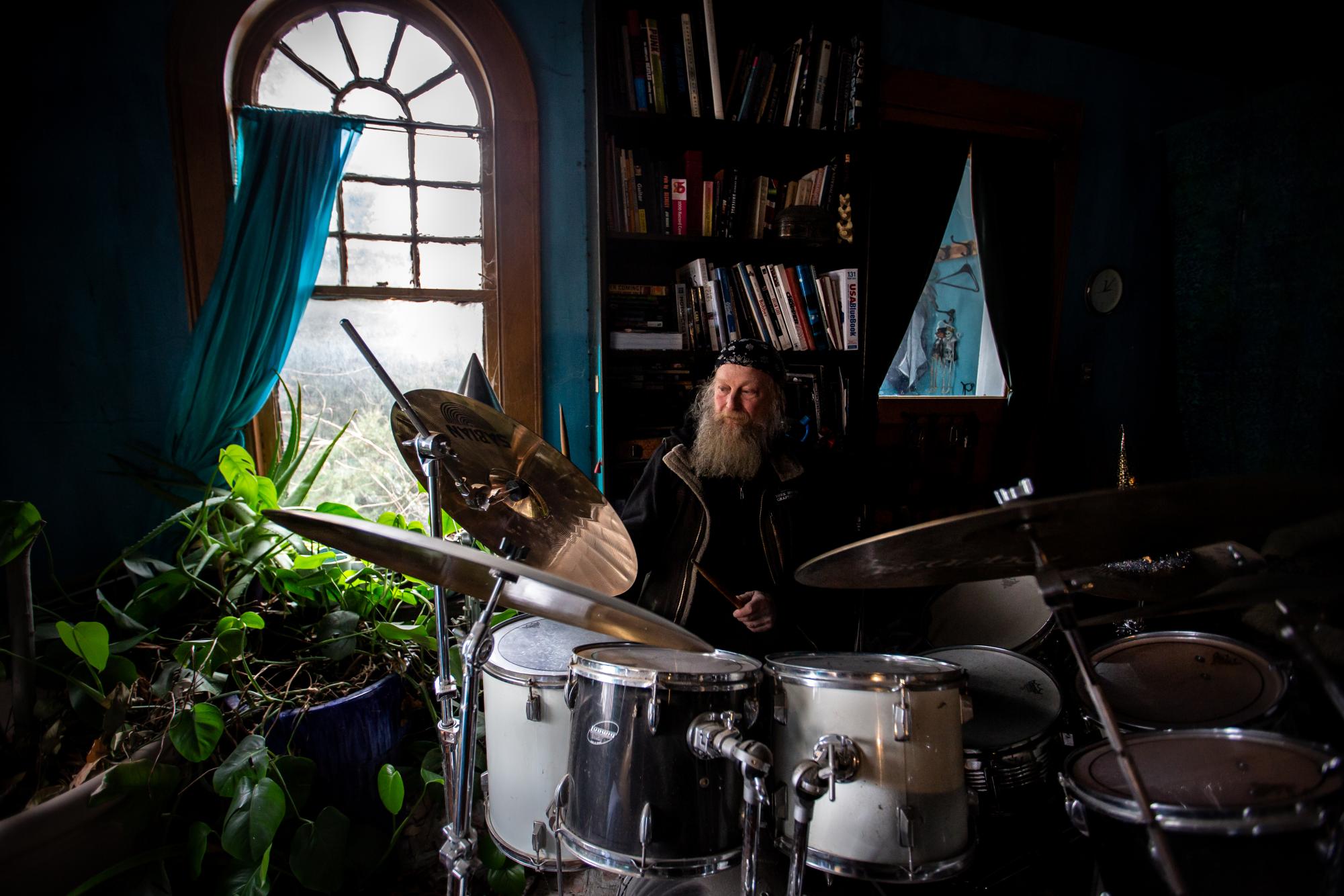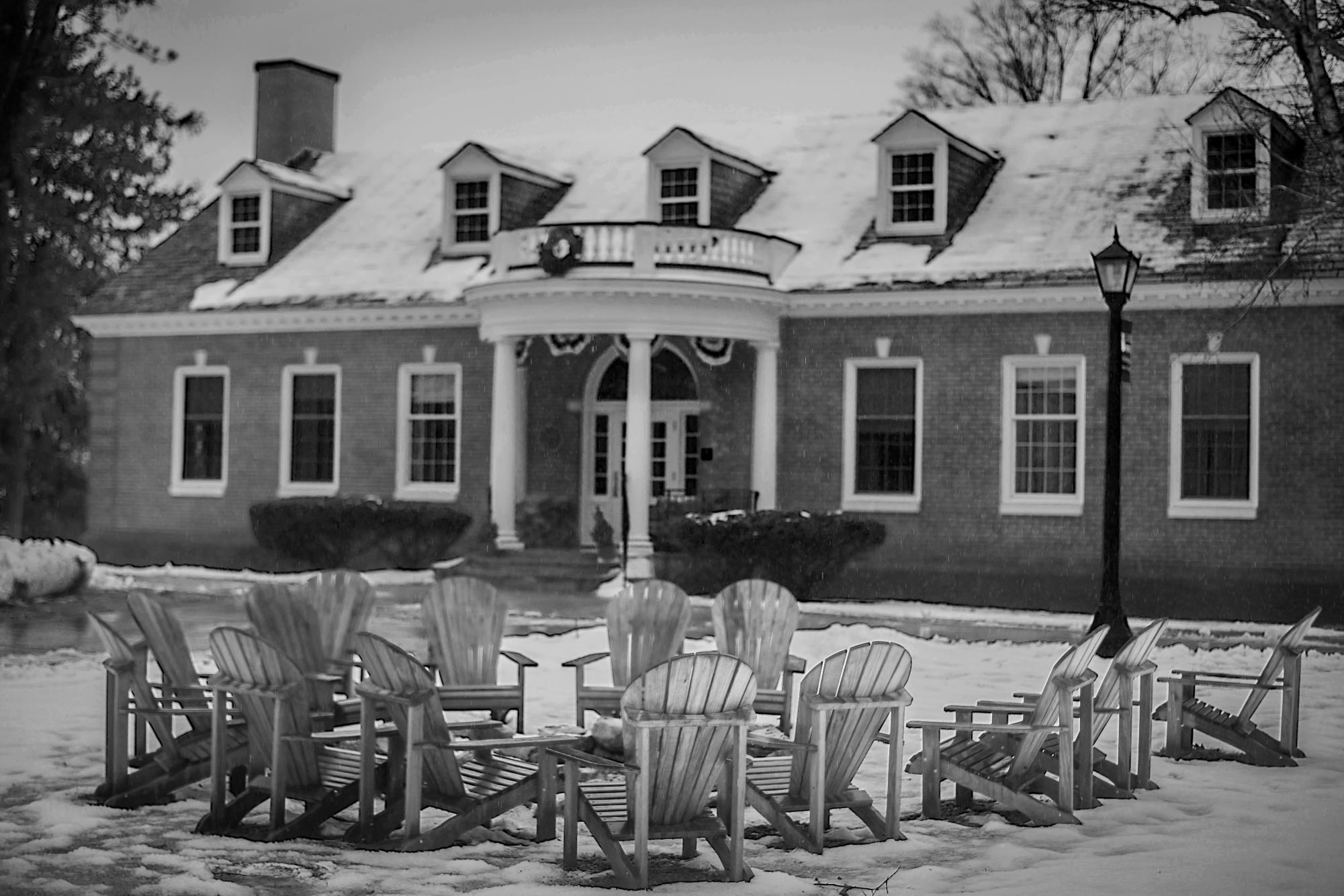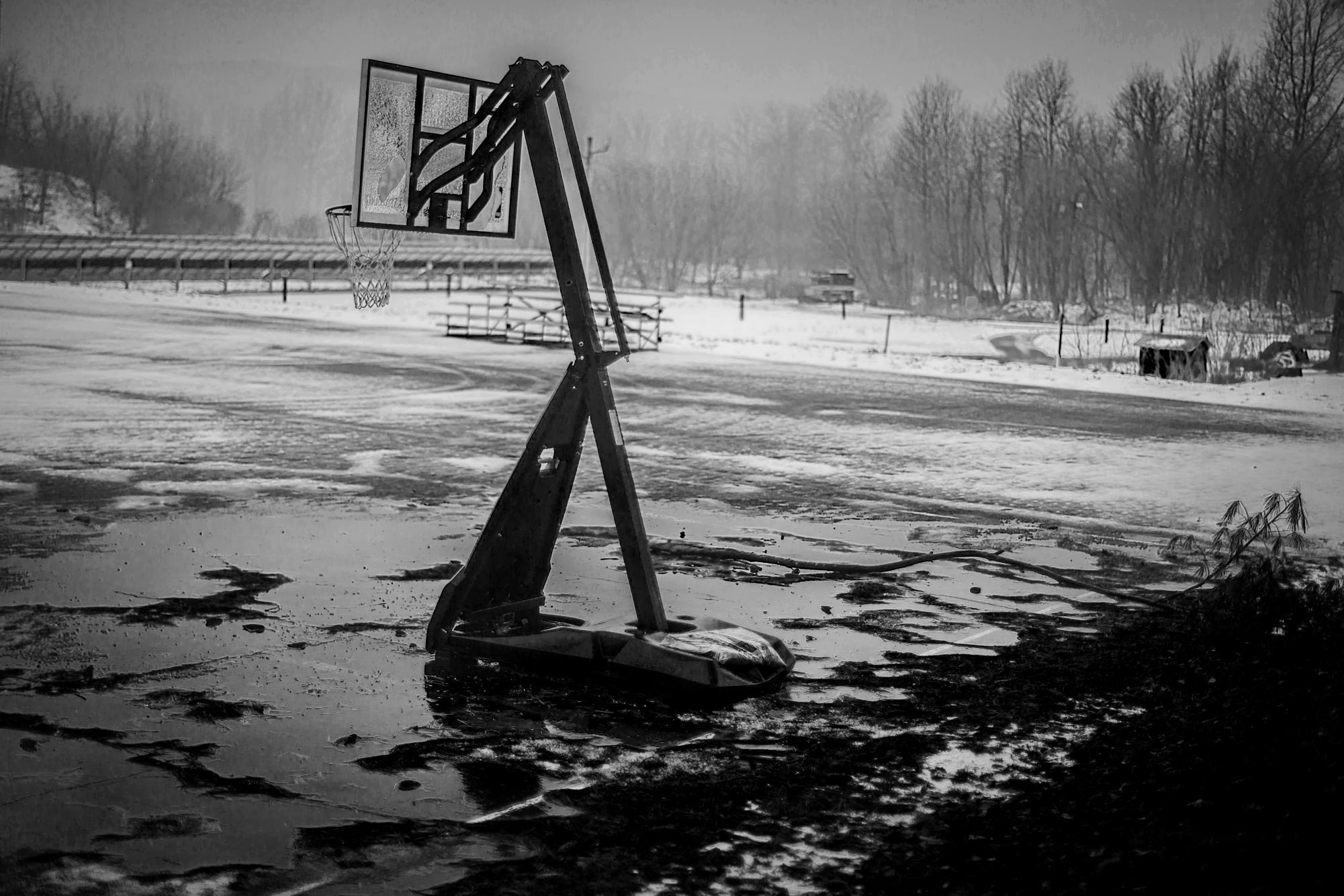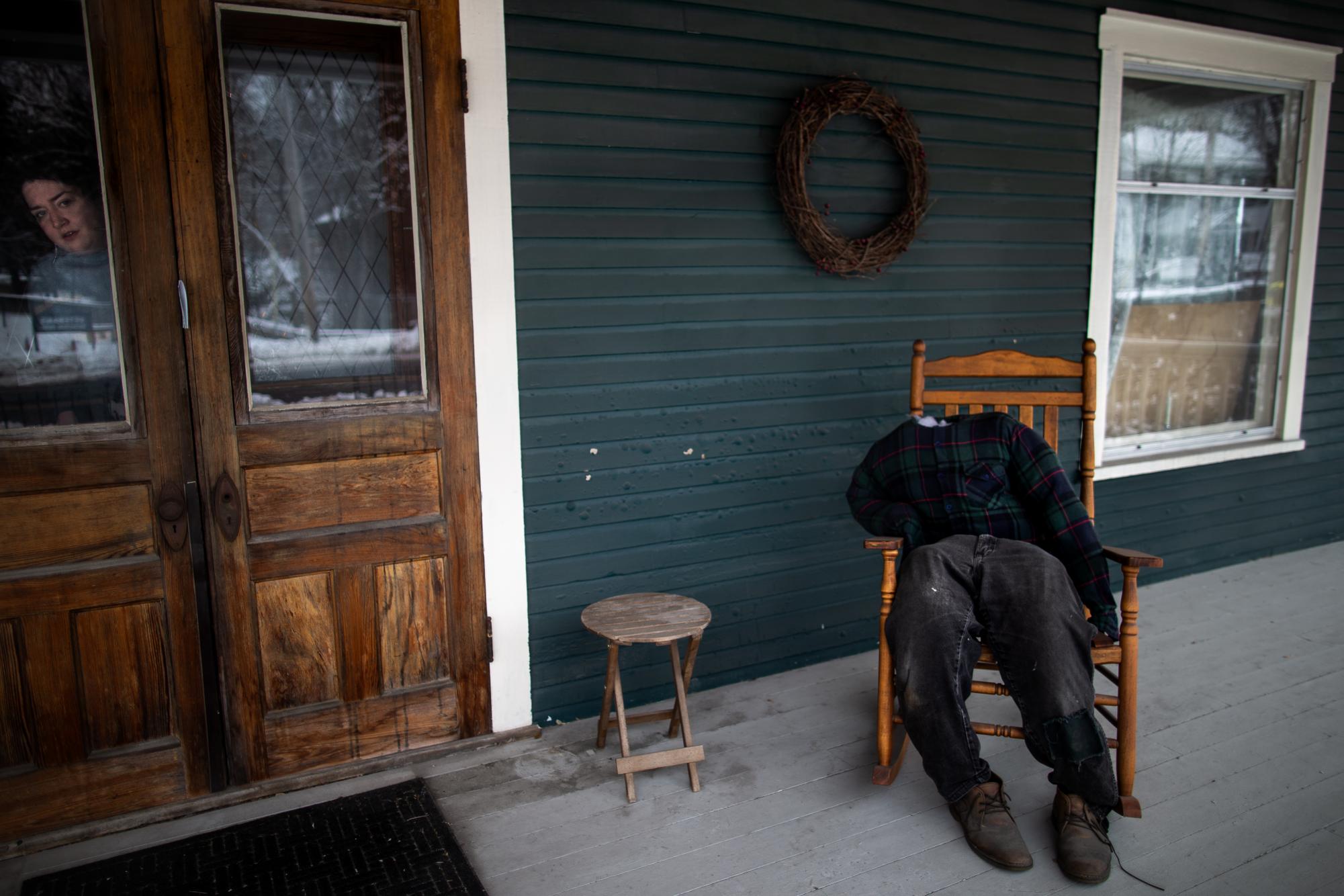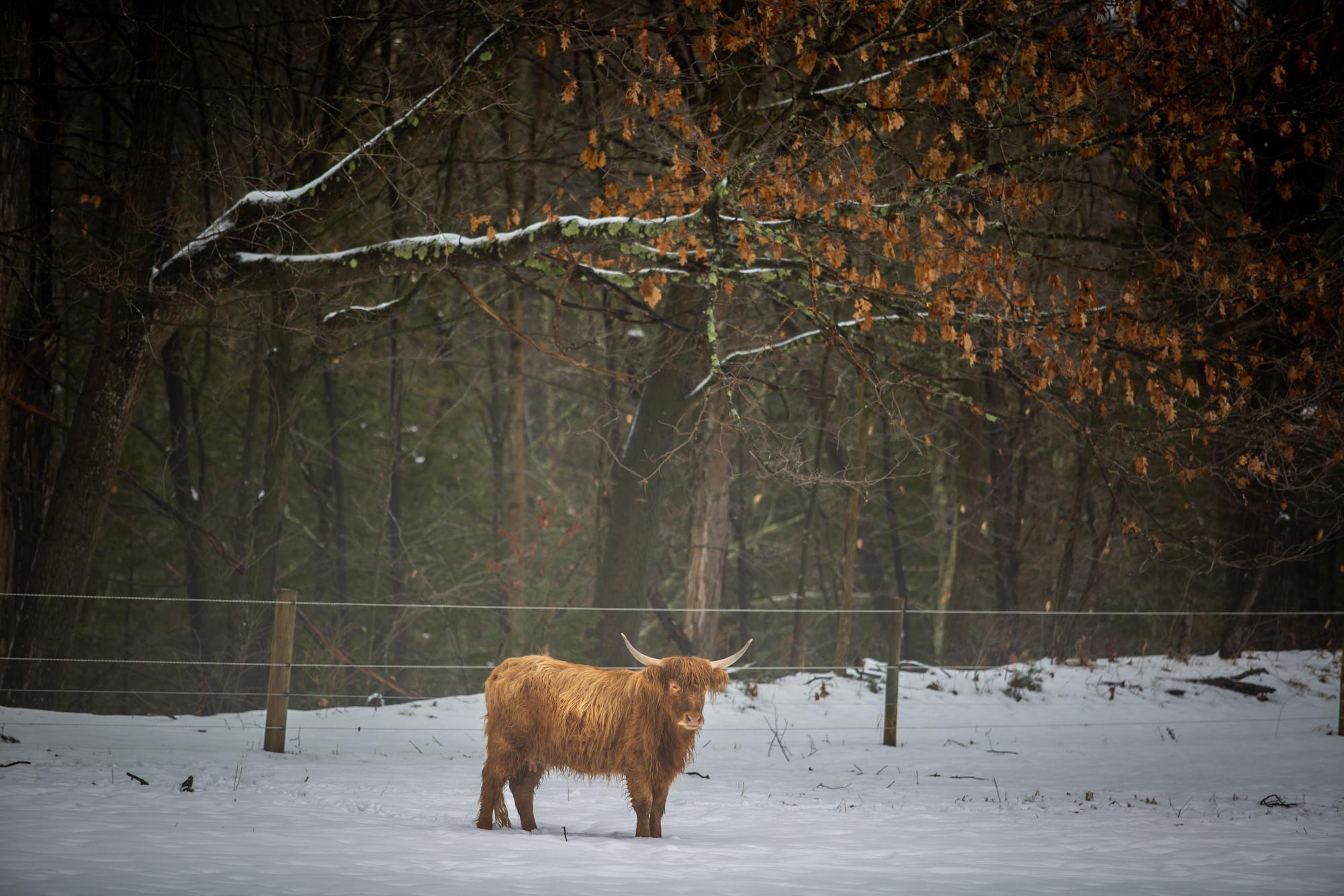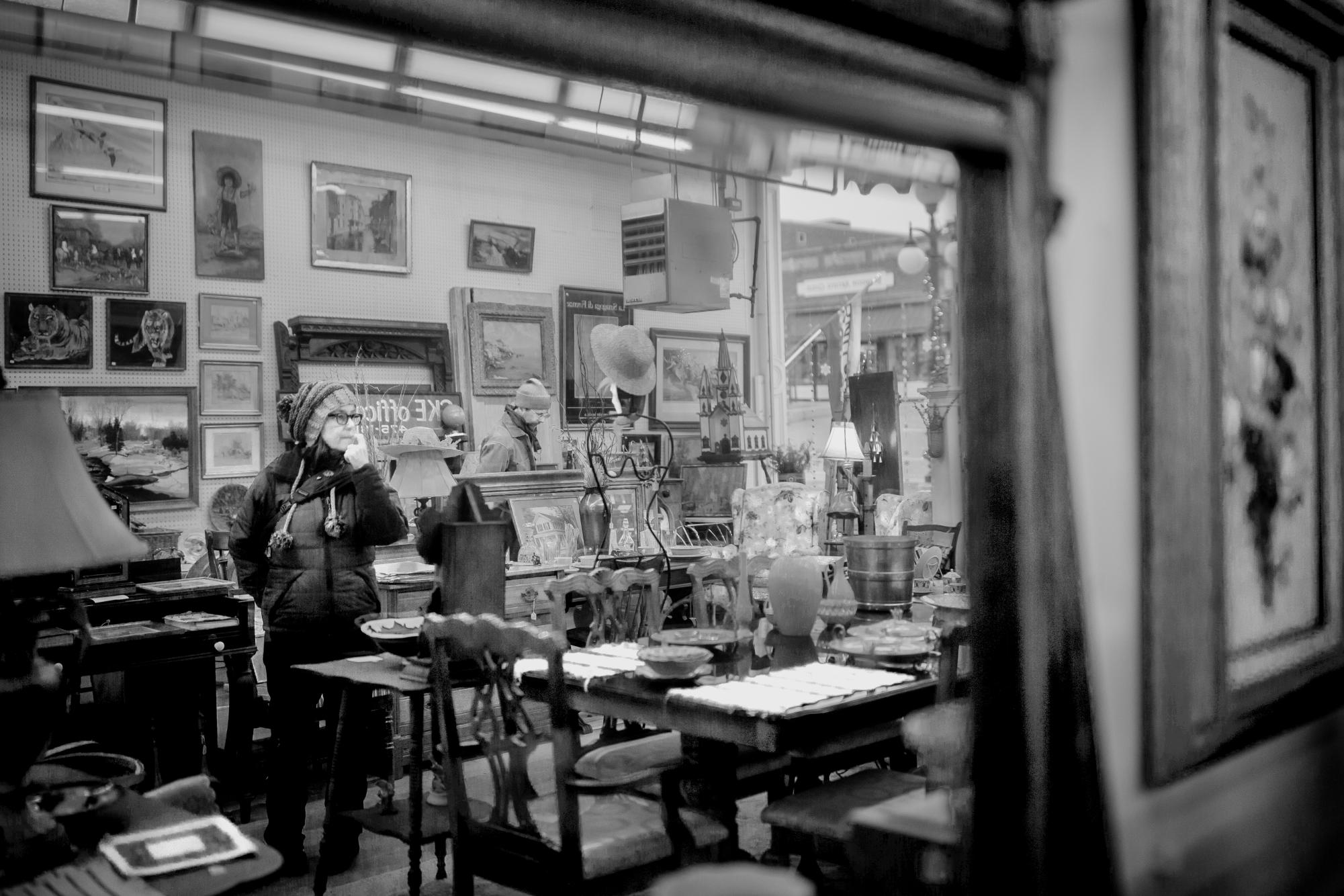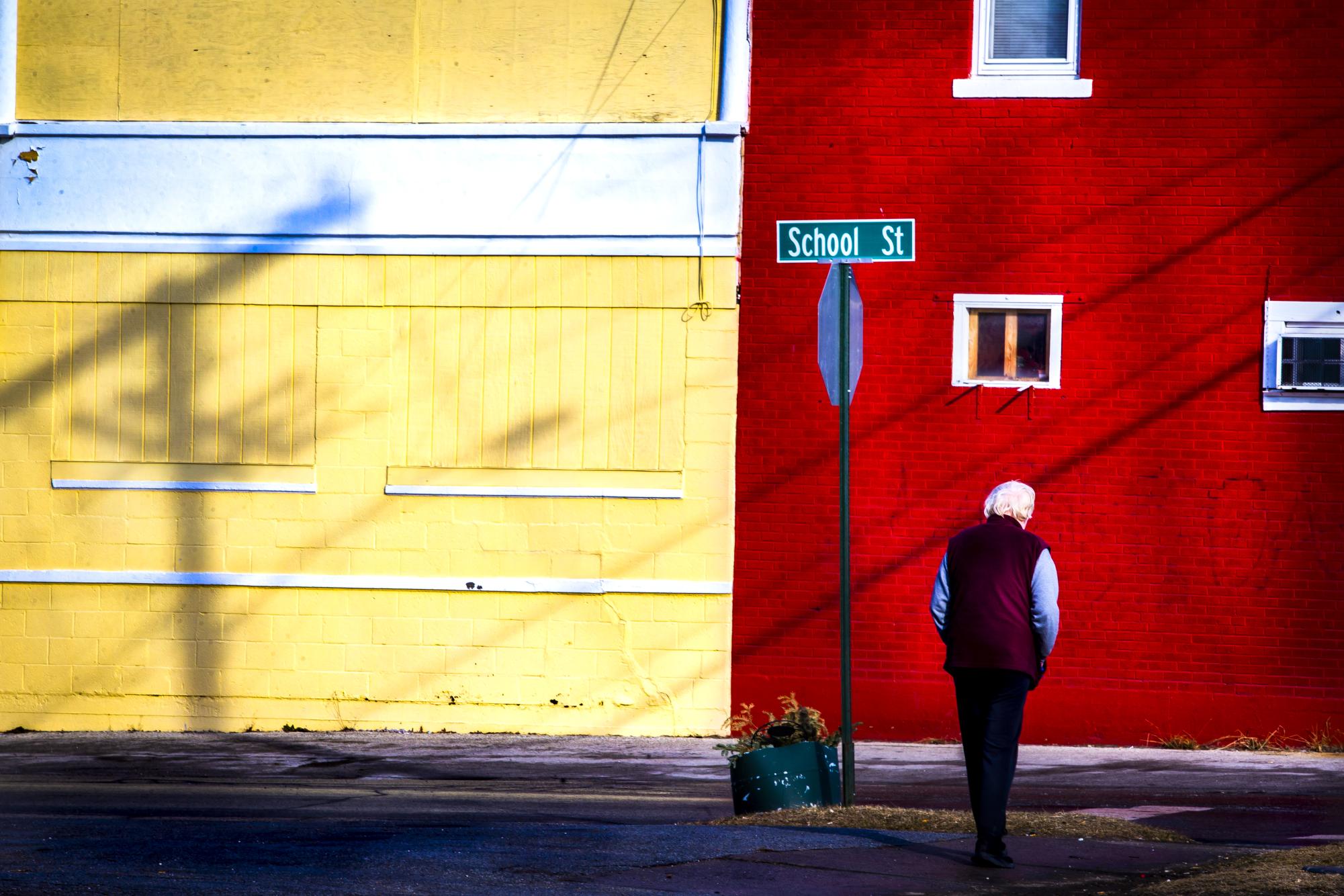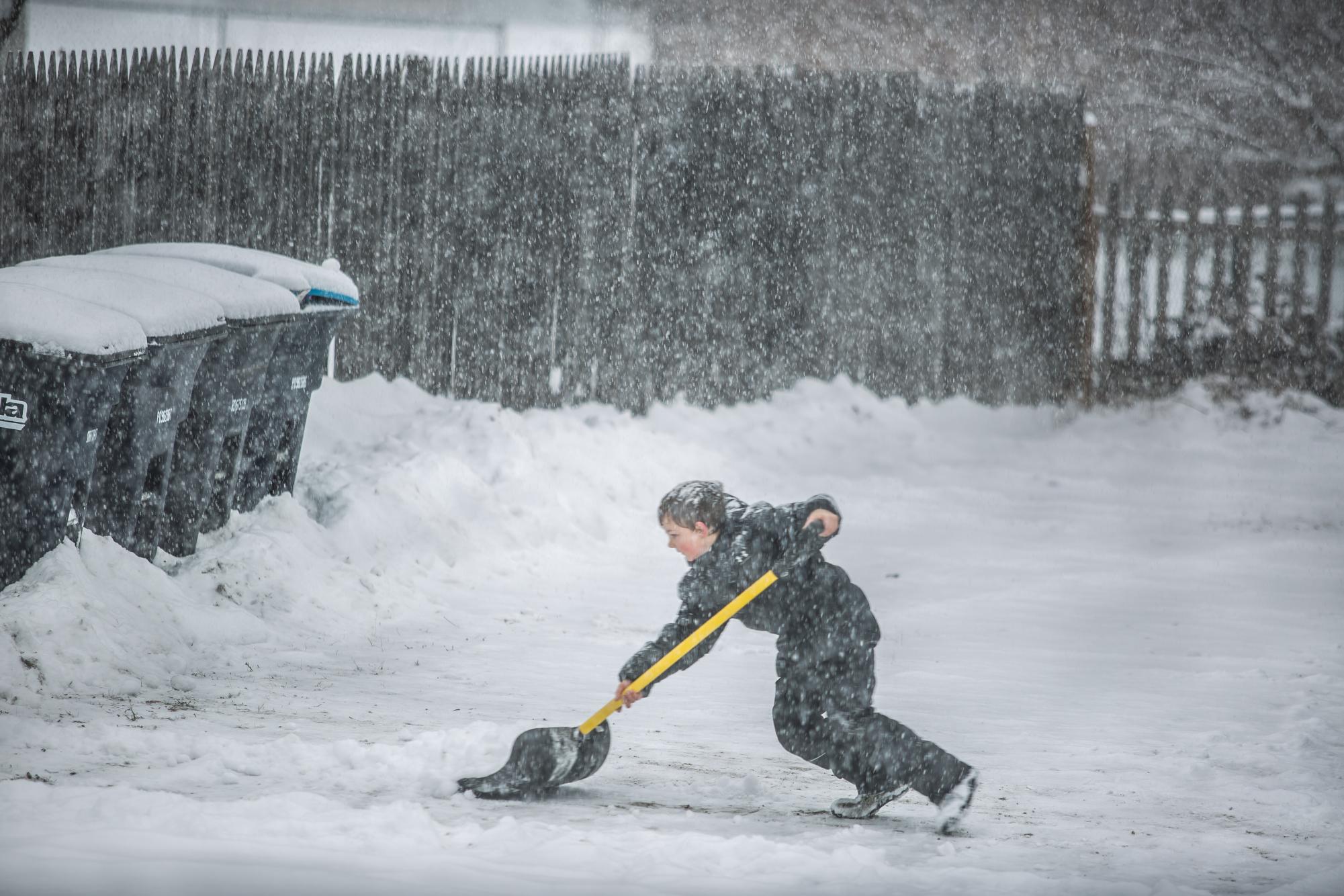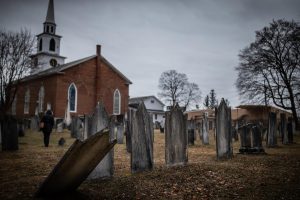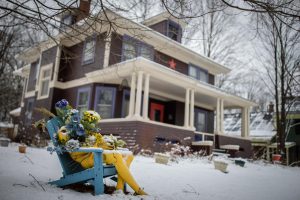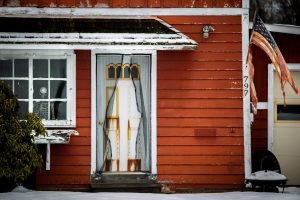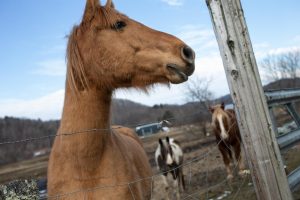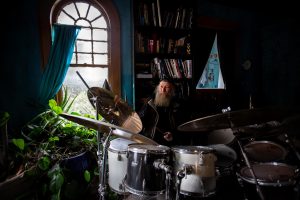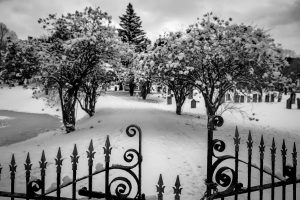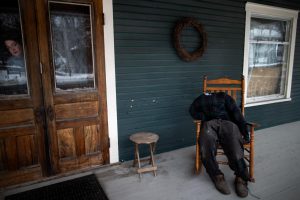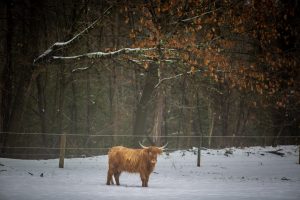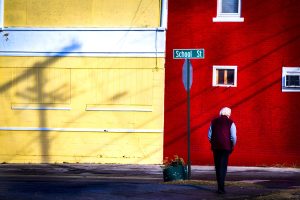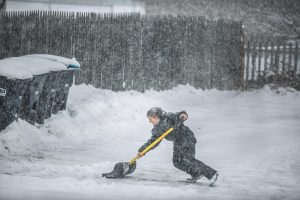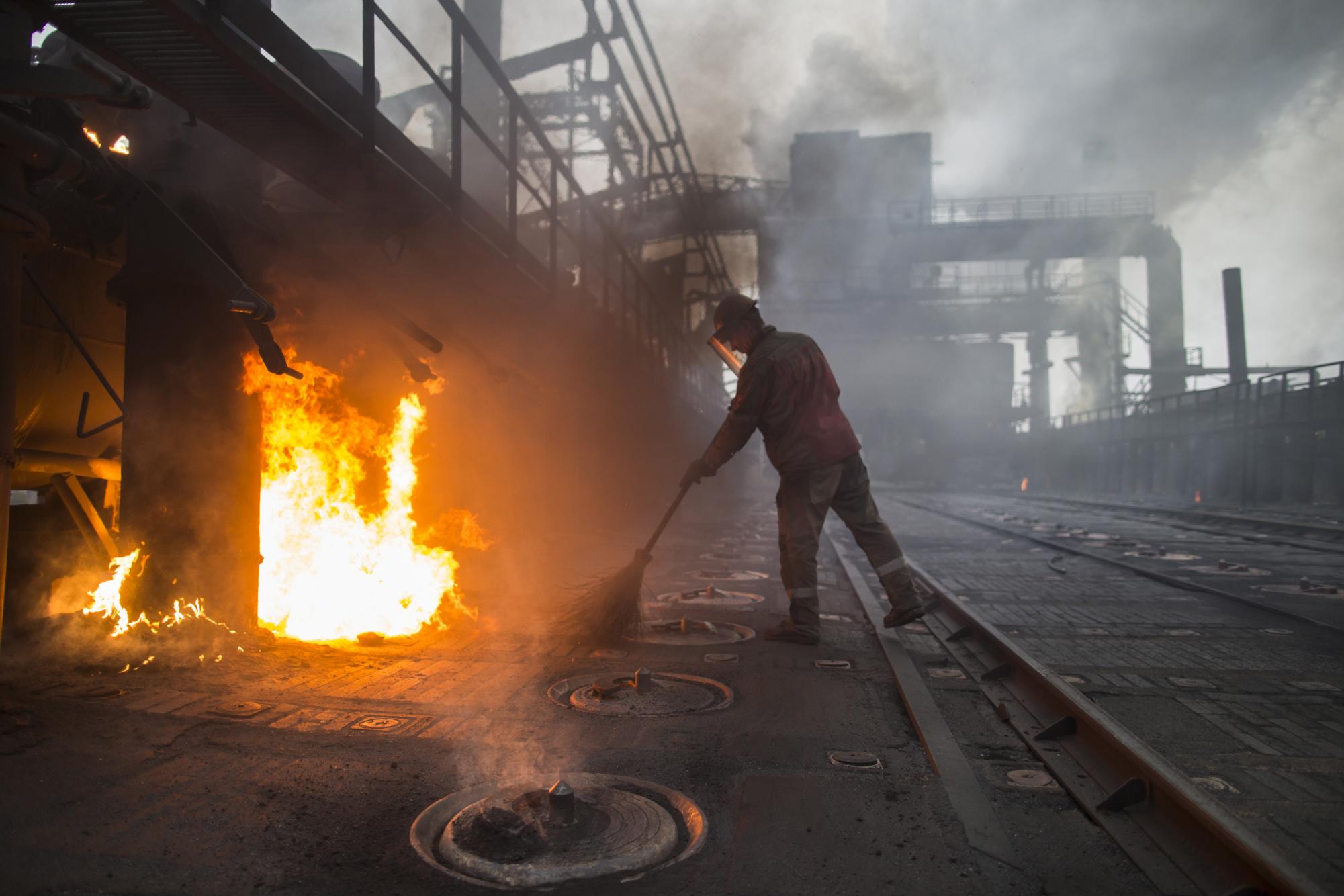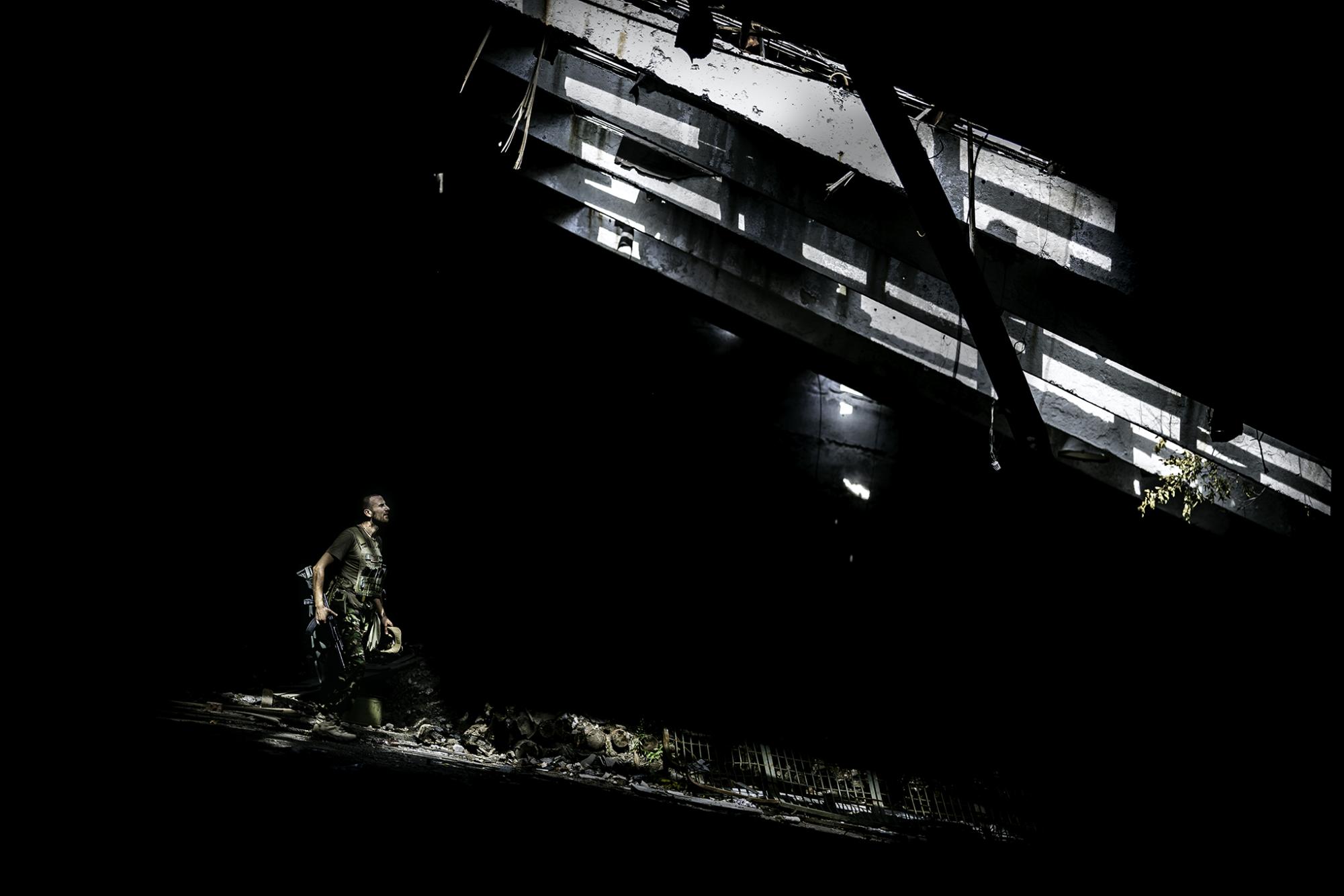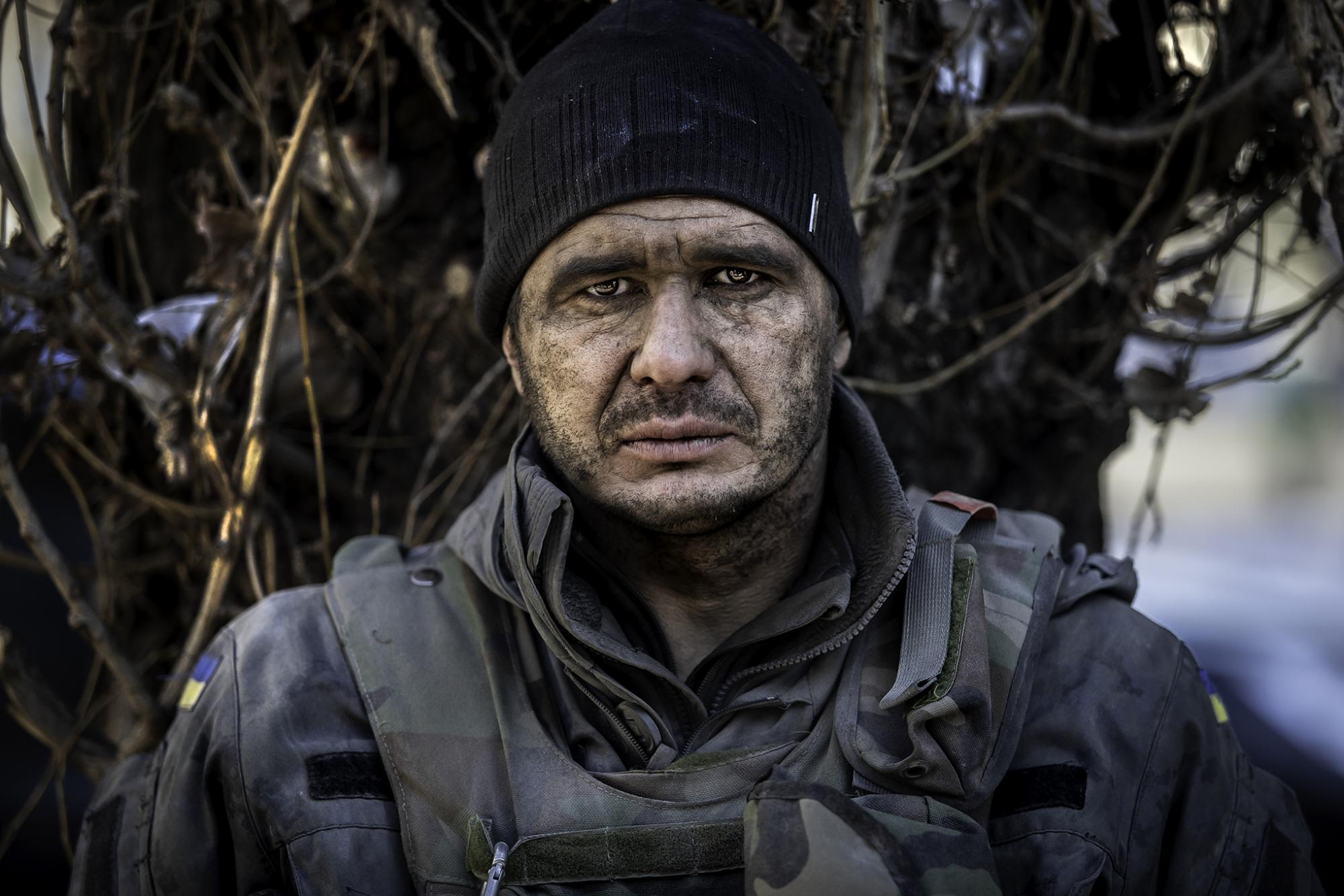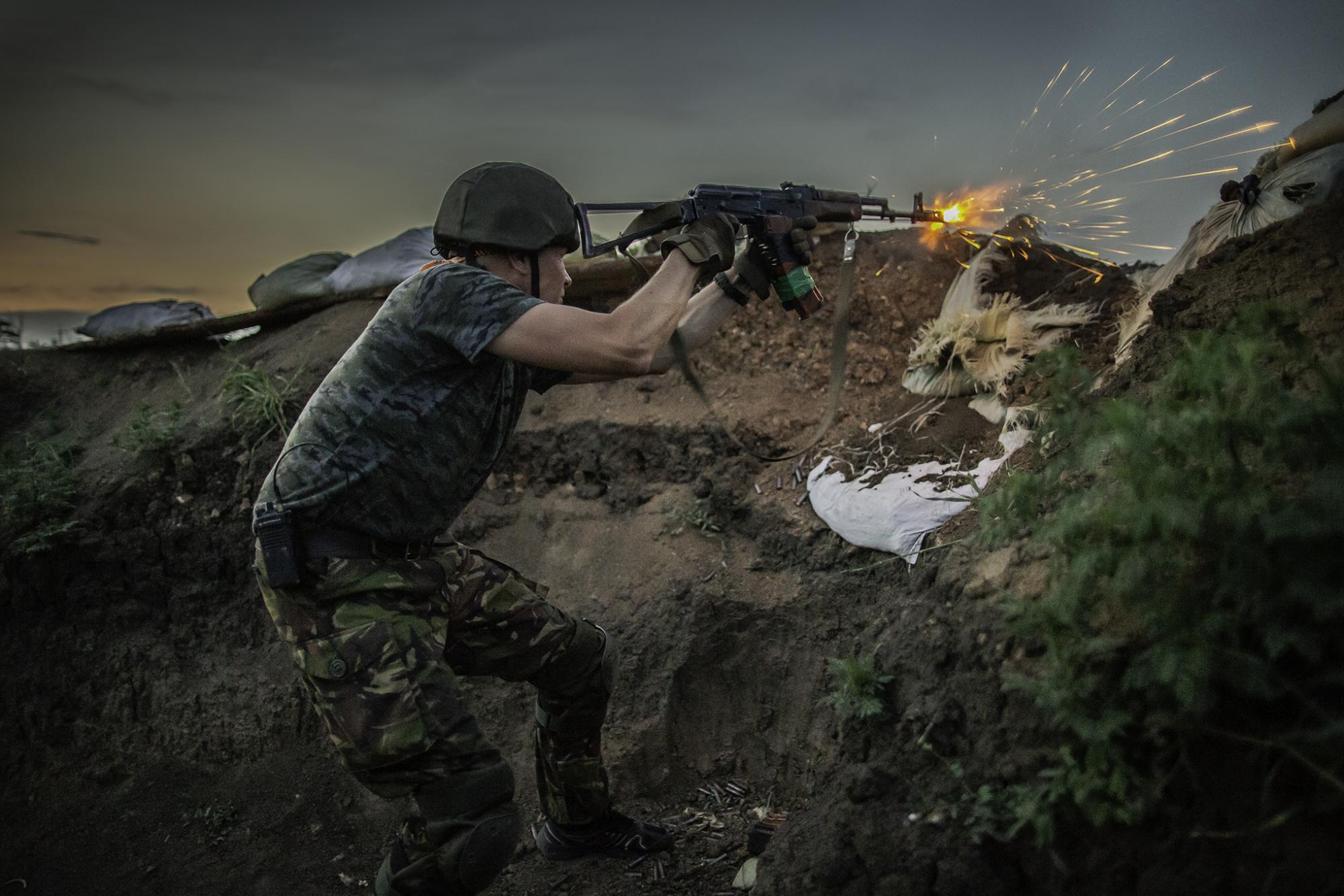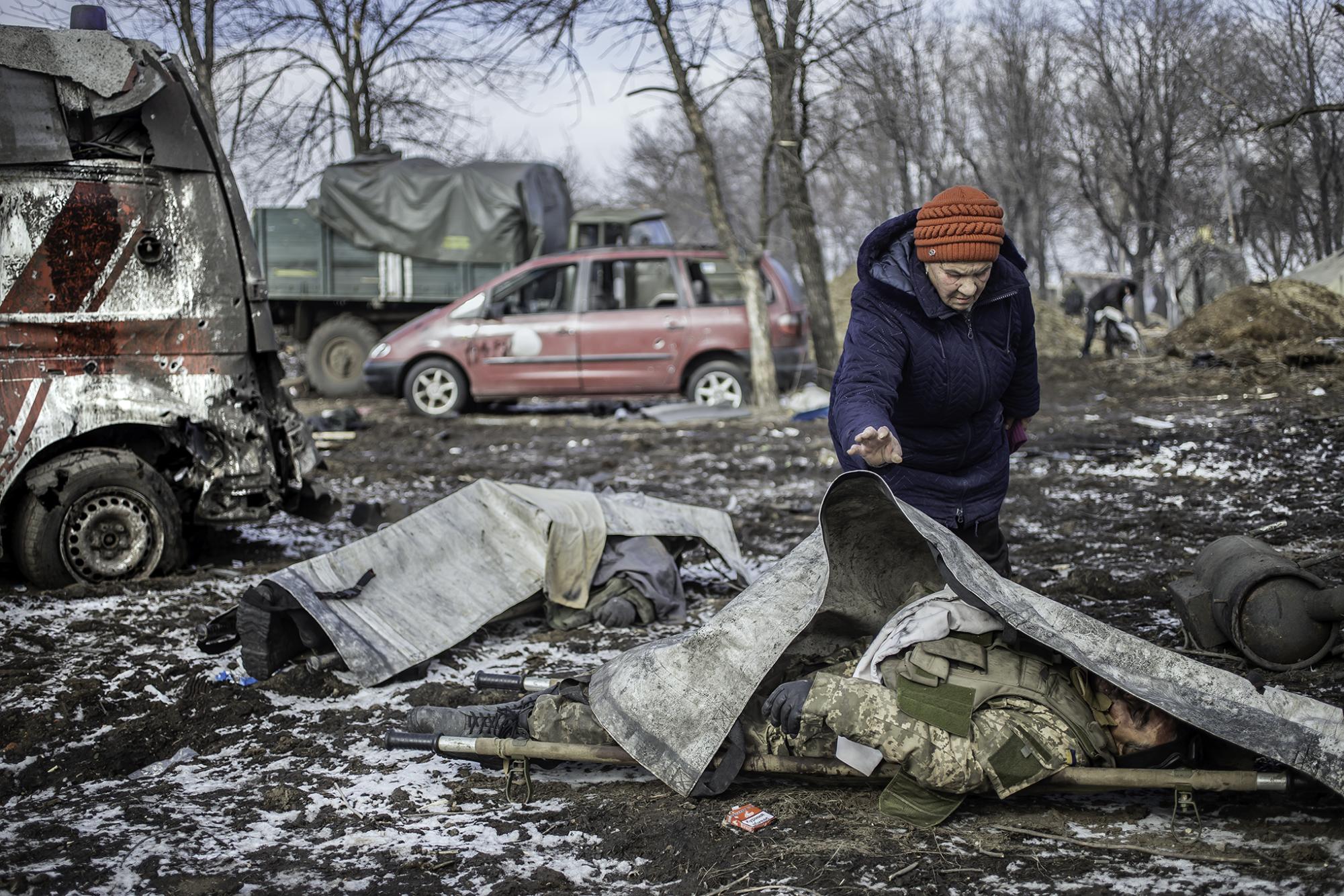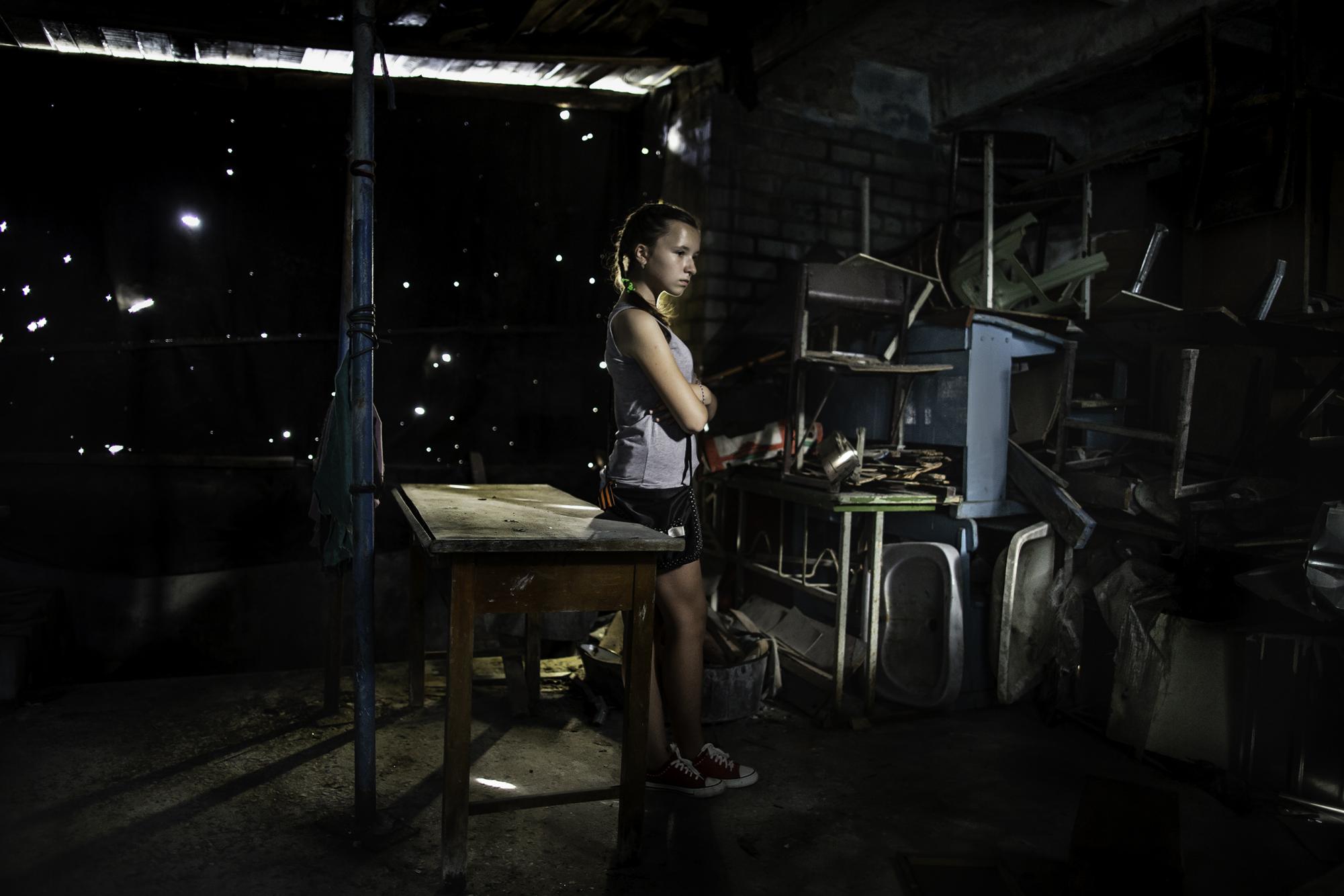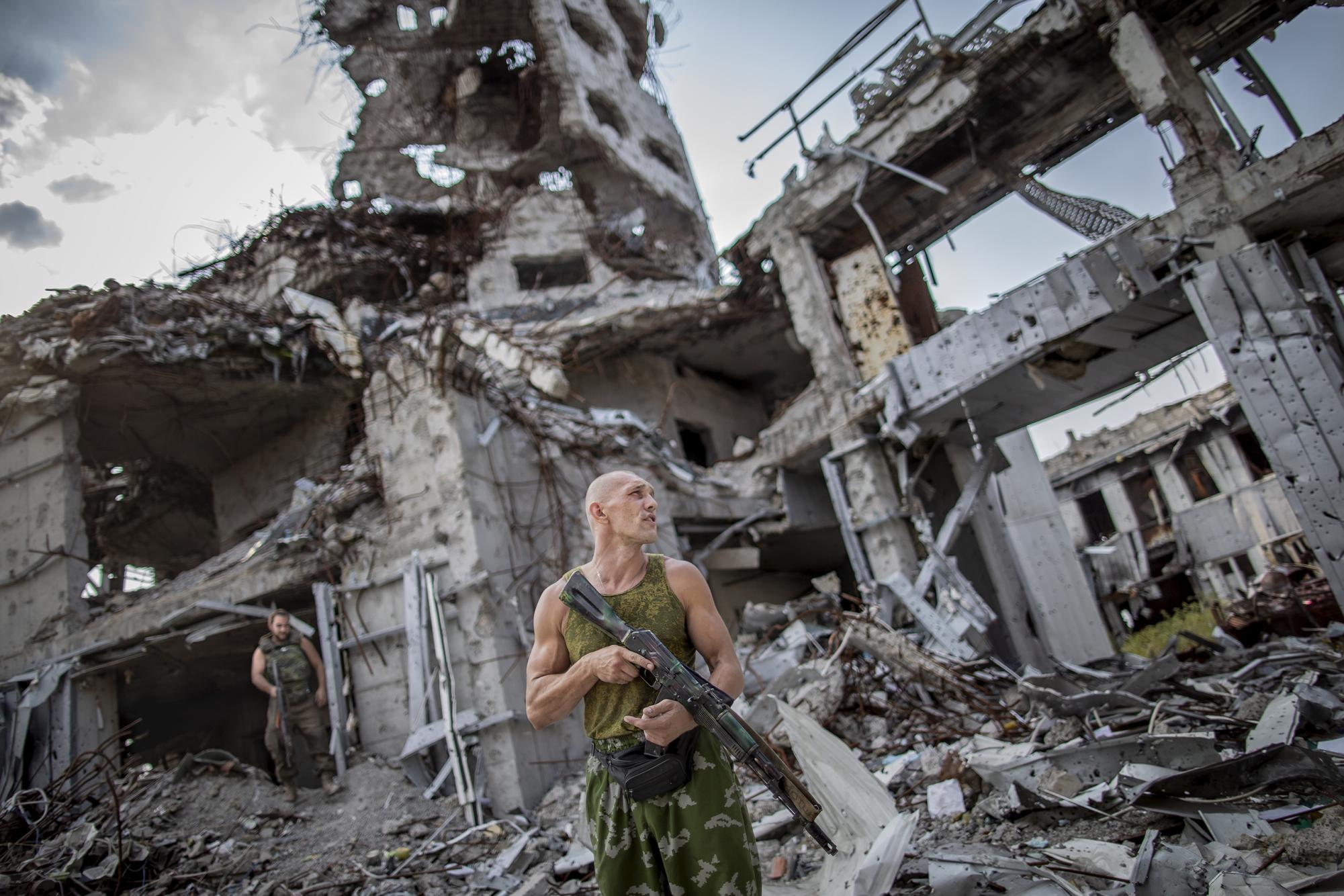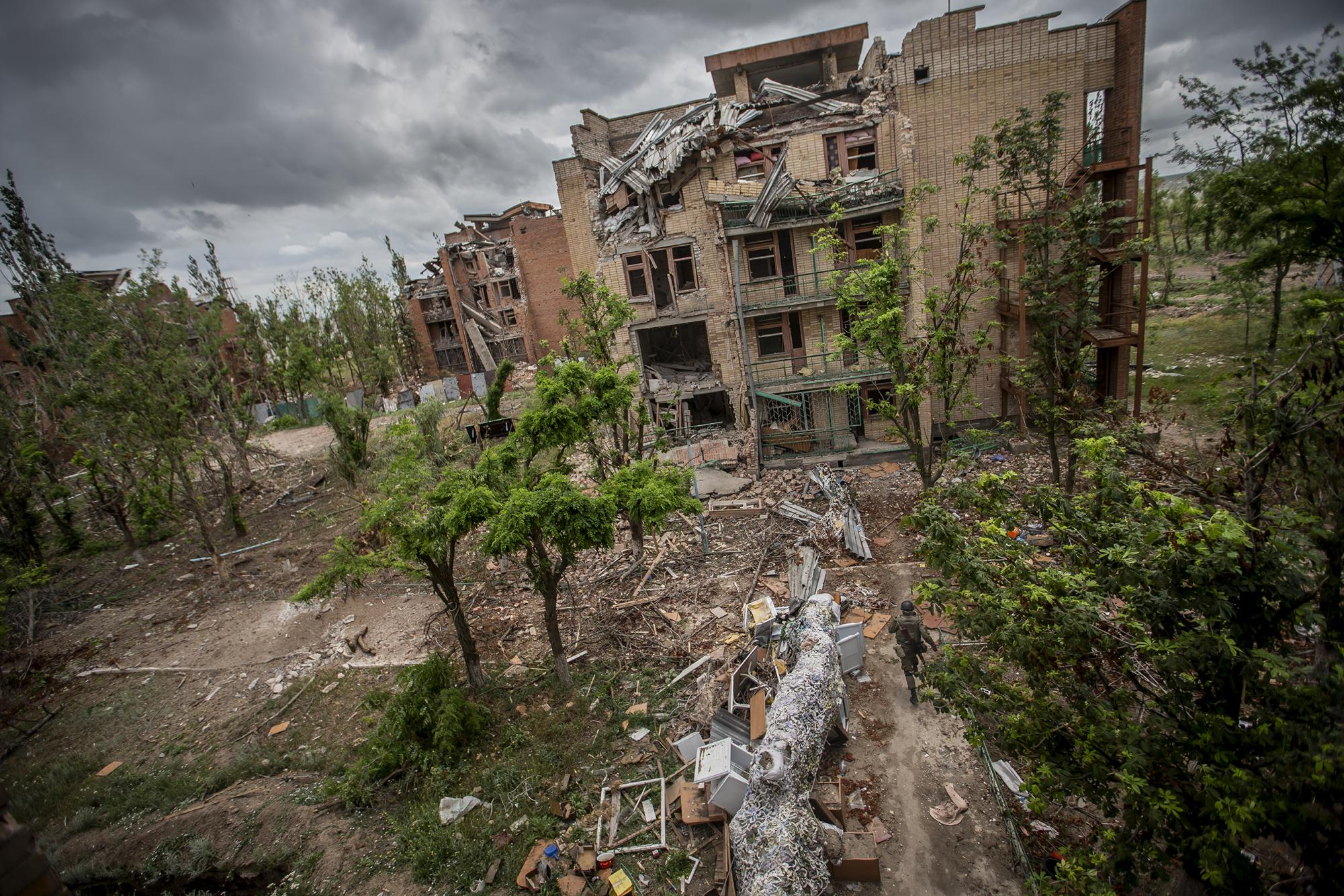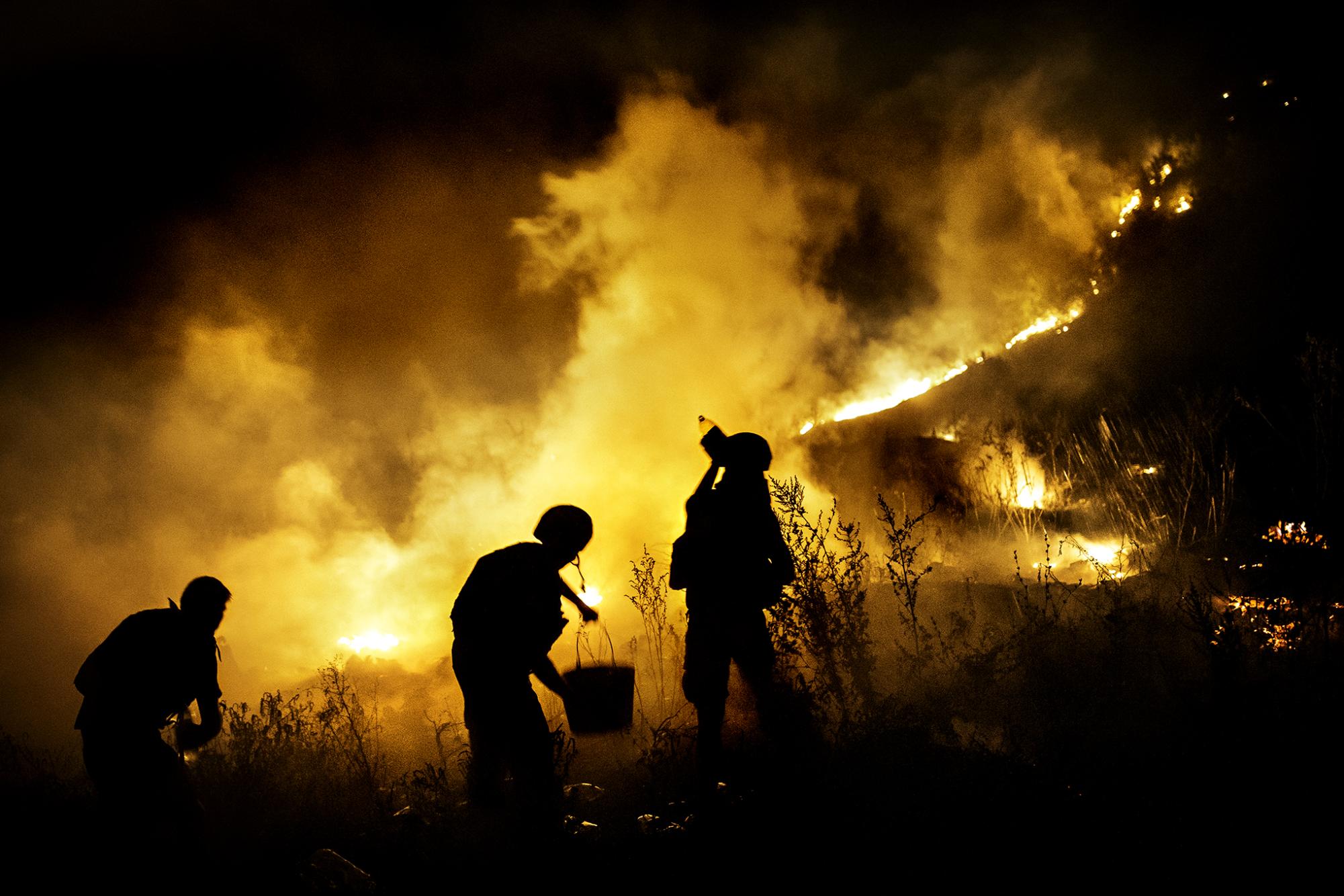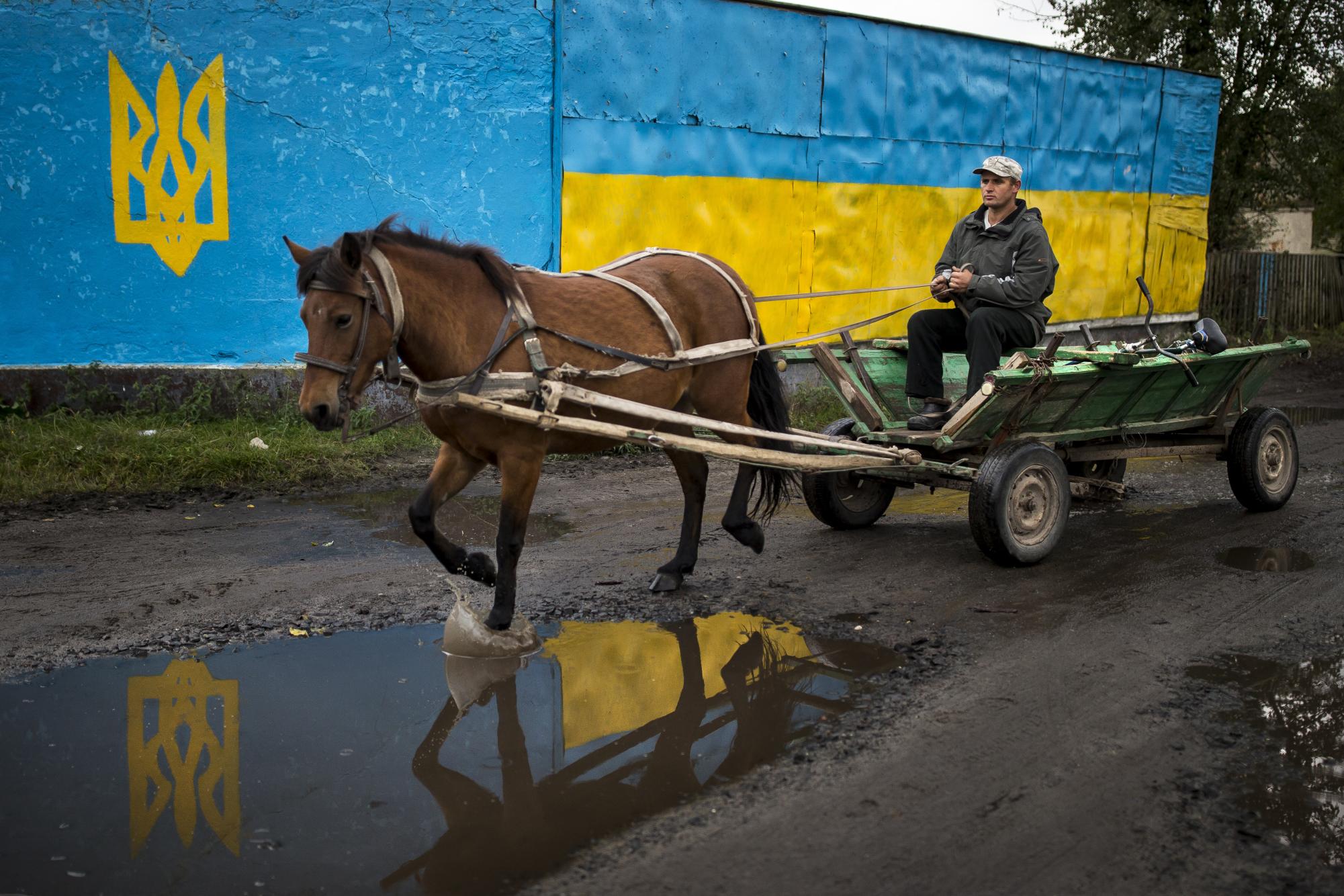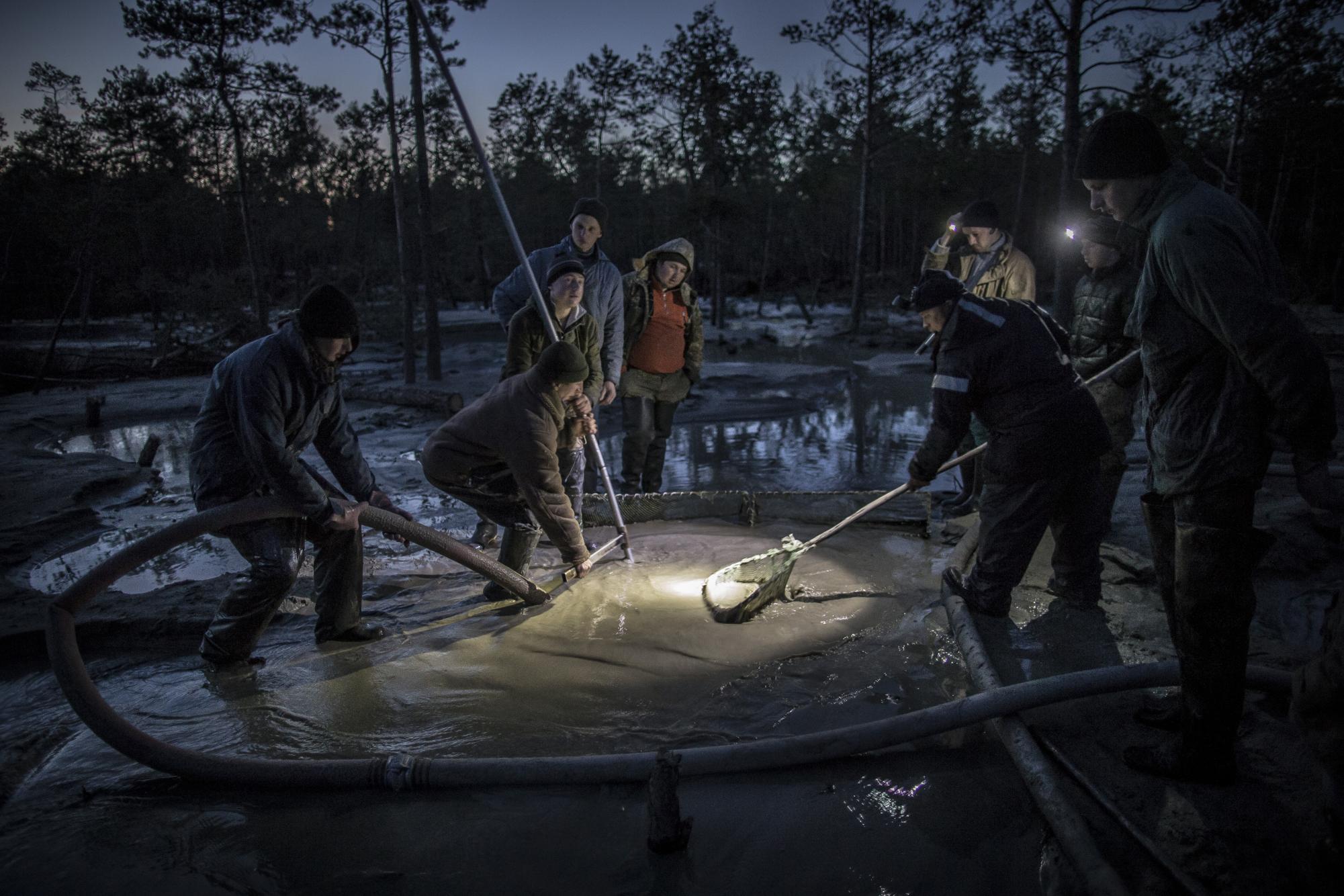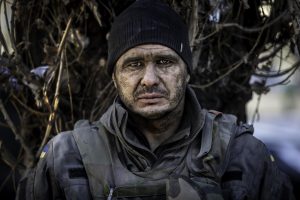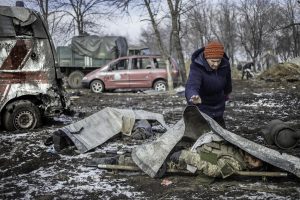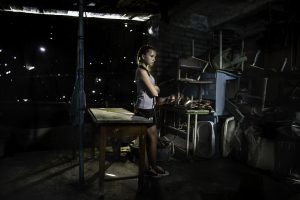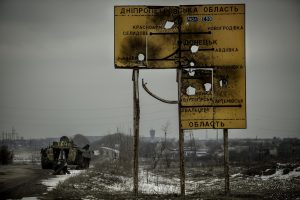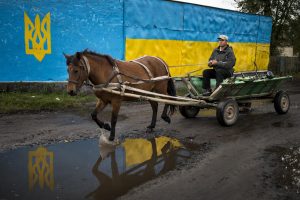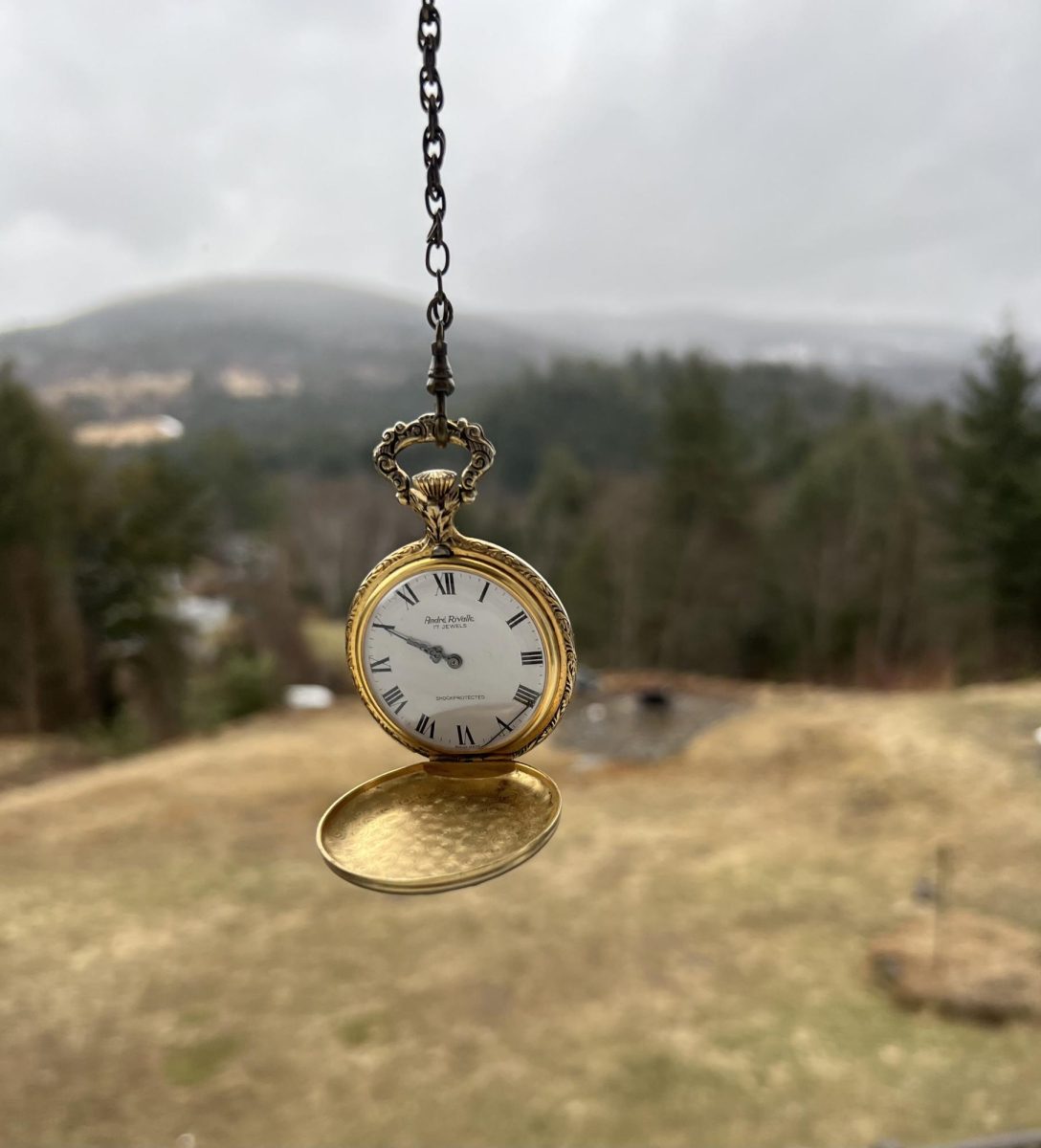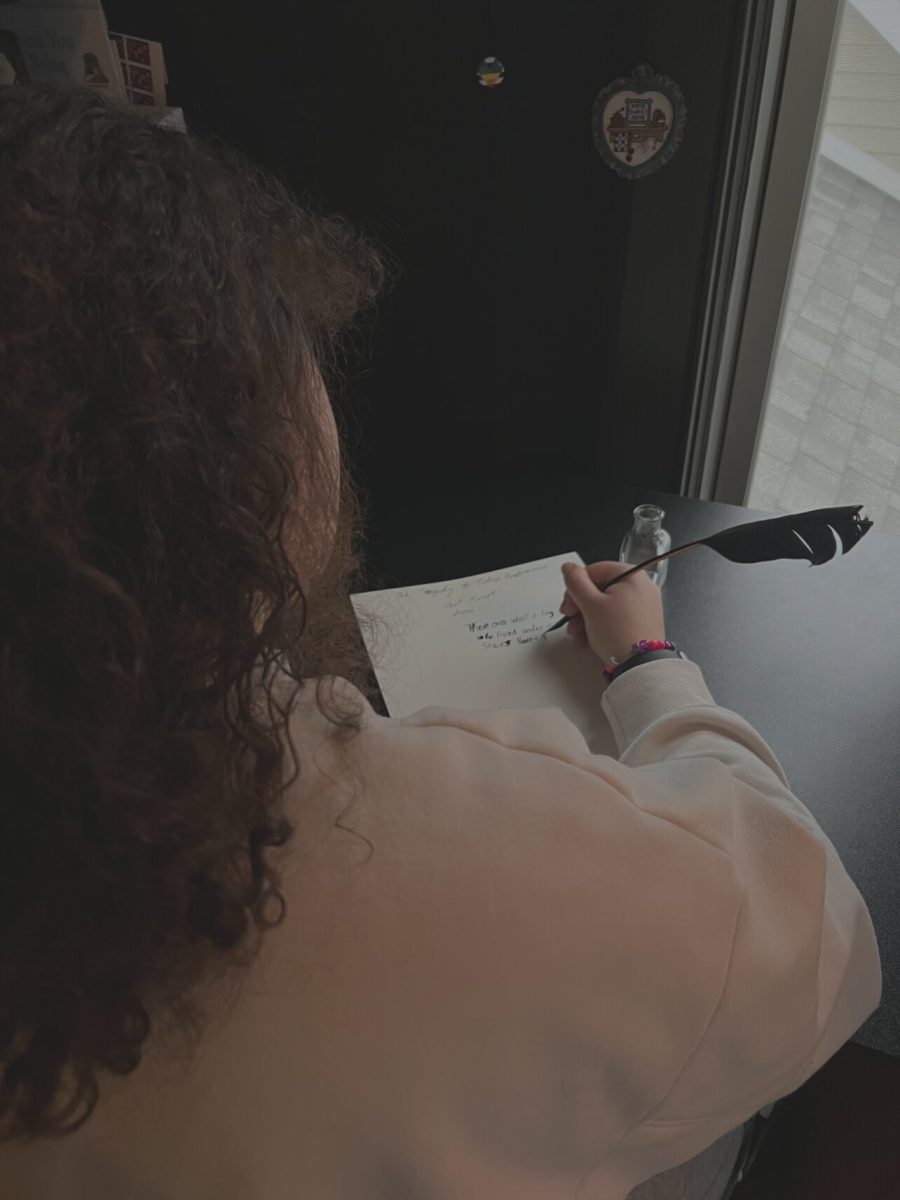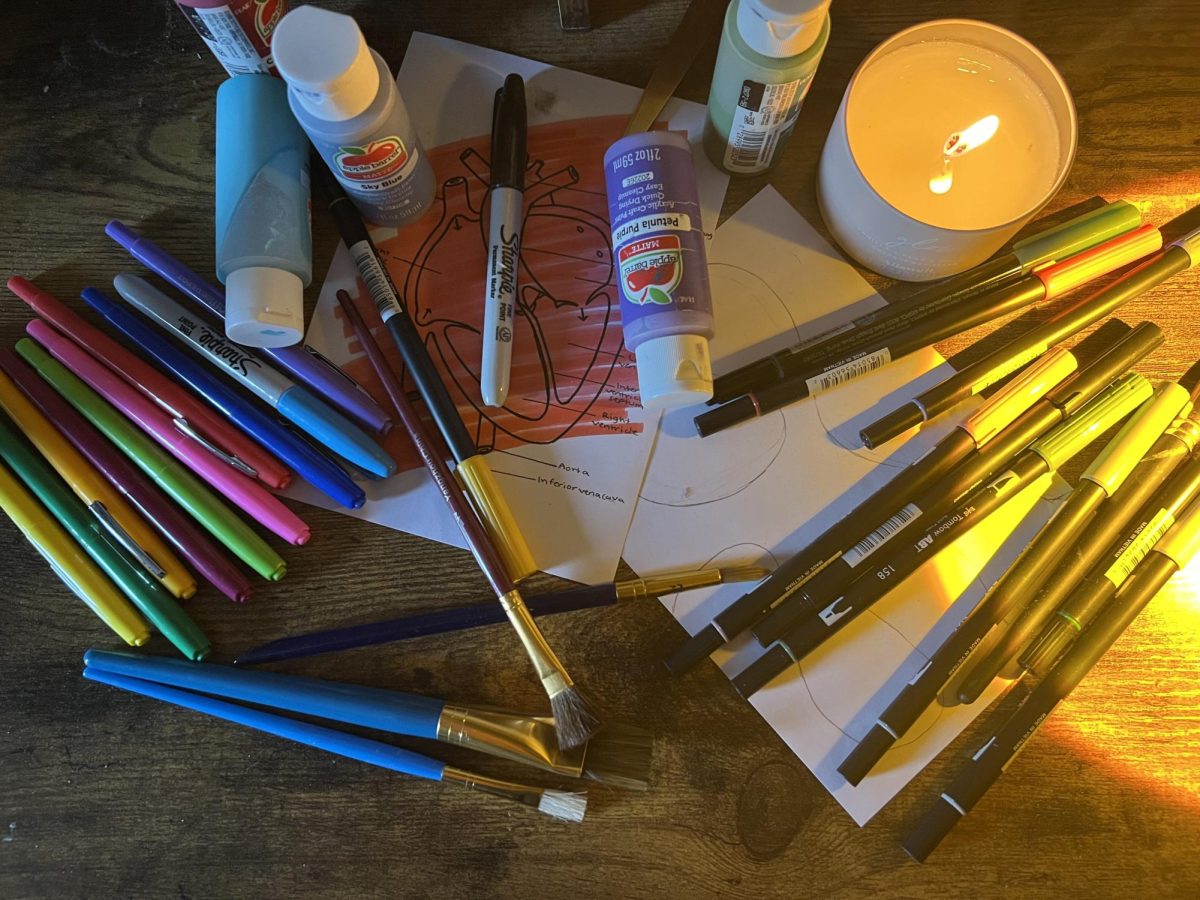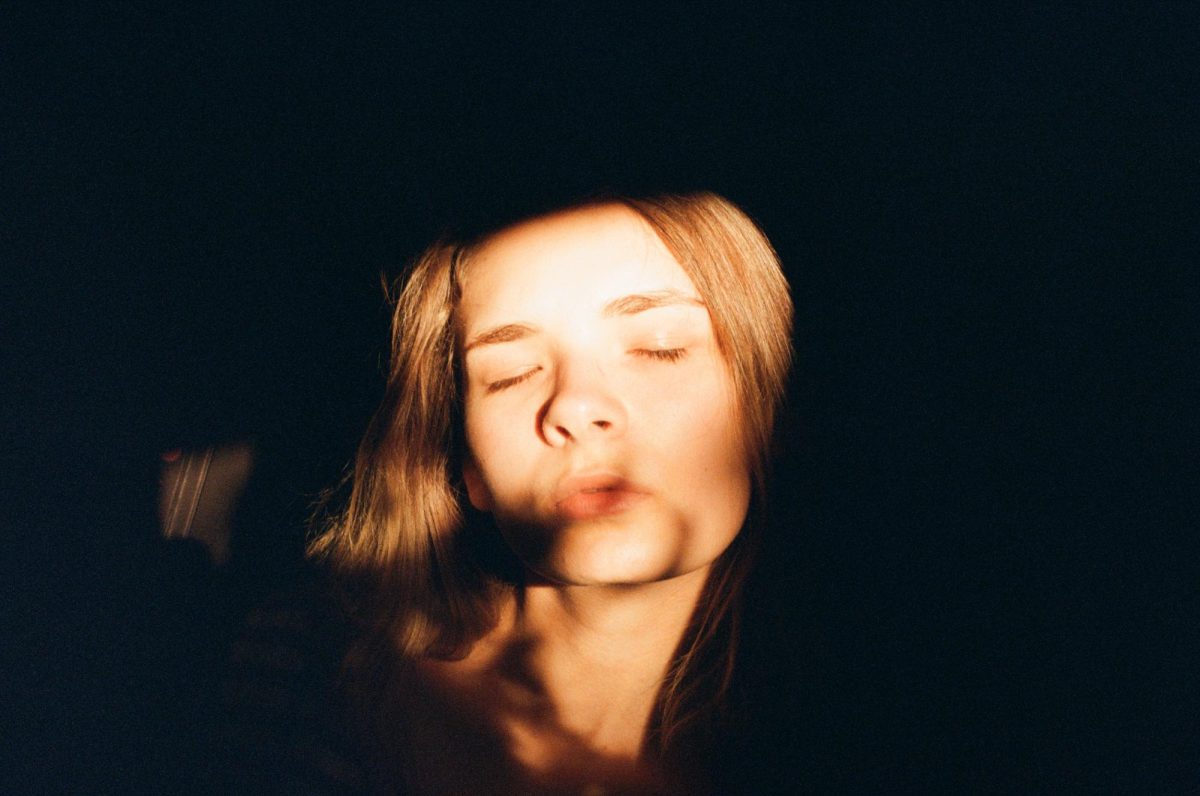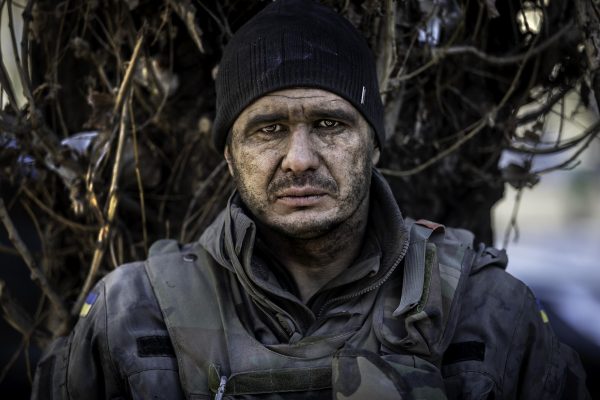
A remarkable and humble war photographer, Dmitri Belyakov shares his masterpieces with the world. Belyakov, born in Russia, began his career as a photojournalist in 1997. Since then, he has covered seven conflicts and has published his work with numerous outlets, including the Sunday Times of London, Der Spiegel in Germany, Bloomberg News, the Wall Street Journal, and the New York Times.
His mission is to connect people who come across his work in hopes of invigorating global understanding. He hopes to capture ordinary people’s attention through his photos. He hopes his images help people from all around the globe connect.
Belyakov explains that war journalism is a struggle because one must “think twice or three times before going to the war zone.” He adds, “It takes one mortar attack to lose your illusions.”
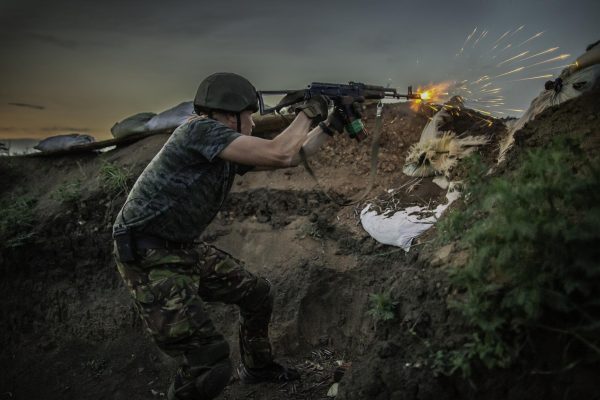
Outside of his warzone work, Belyakov encourages students to not trust bloggers as much as credible news outlets because bloggers tend to create material just for social media likes. Belyakov implores readers to “fact check” and to believe in photojournalists who have built a reputation.
Belyakov was on a one-year research fellowship with the Peace and War Center because of Russia’s war in Ukraine. Soon after the invasion of Ukraine, Russia passed laws that penalized any journalist for promoting fake news about the Russian armed forces and other offenses. These laws would make it impossible for Belyakov to report on the war without being considered a criminal in Russia. Belyakov told Norwich University, “My family and I scrambled to relocate to a place of safety. We were very fortunate to receive assistance from the Andrei Sakharov Foundation, which helped us in acquiring American visas” so they could spend a year at Norwich University.
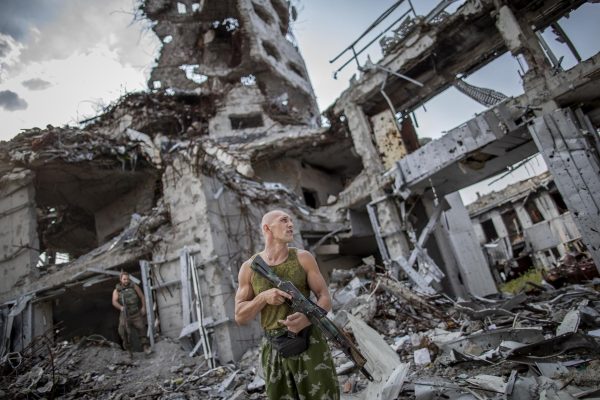
In closing, Belyakov advises Norwich students to educate themselves and to acquire more languages, “the more the better,” he says. Lastly, he shares the importance of books. He says, “Stick to the books. They are old-fashioned, but they were designed to share knowledge. Books are a holy grail.” He adds, “Be respectful to others and learn how to listen. You cannot trust one source. Try to find two or three sources. The more the better. Invest in relationships, create context, and care for it.”
Below are images from Belyakov’s photography from Vermont.
Below are images from Belyakov’s photography from Ukraine.

